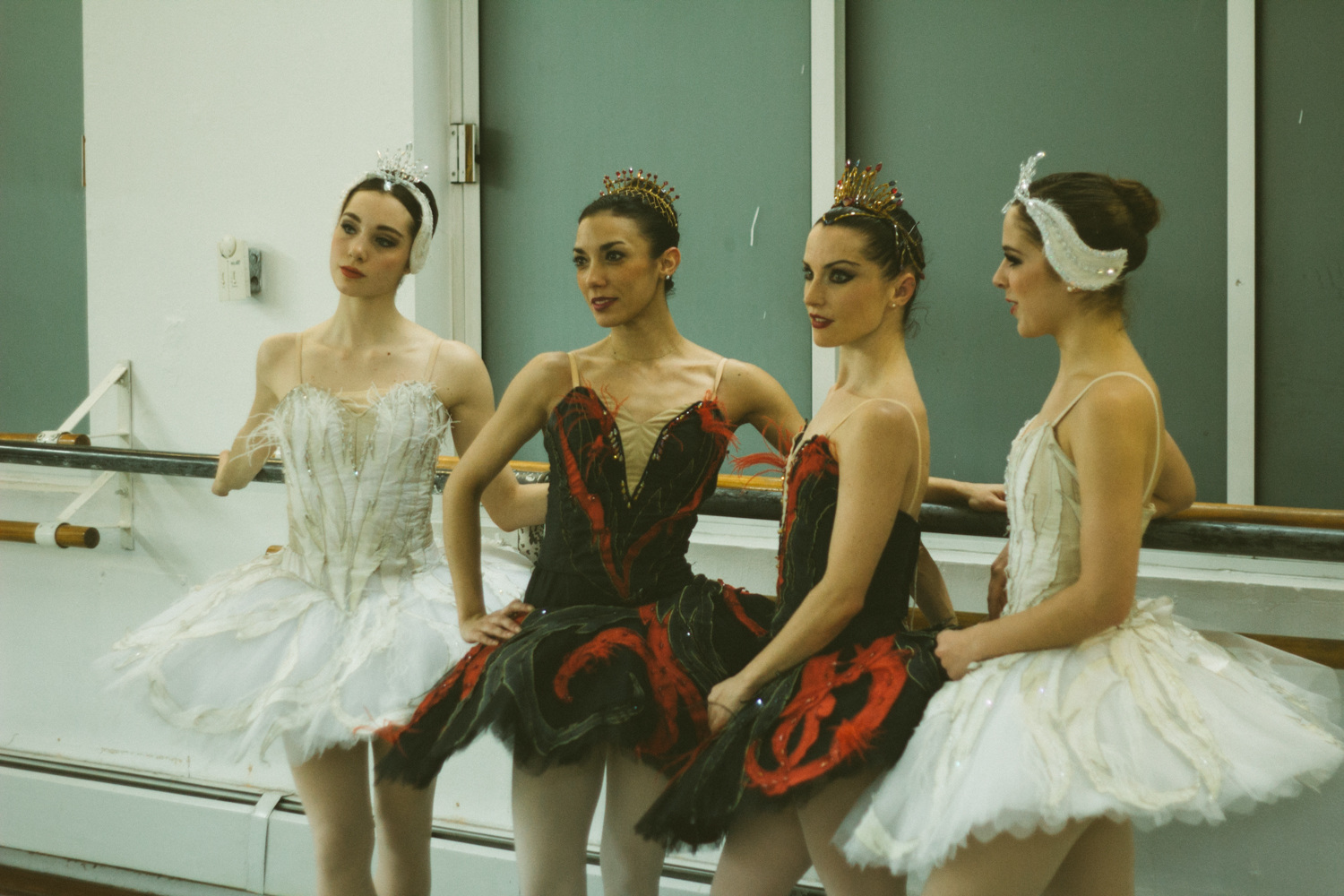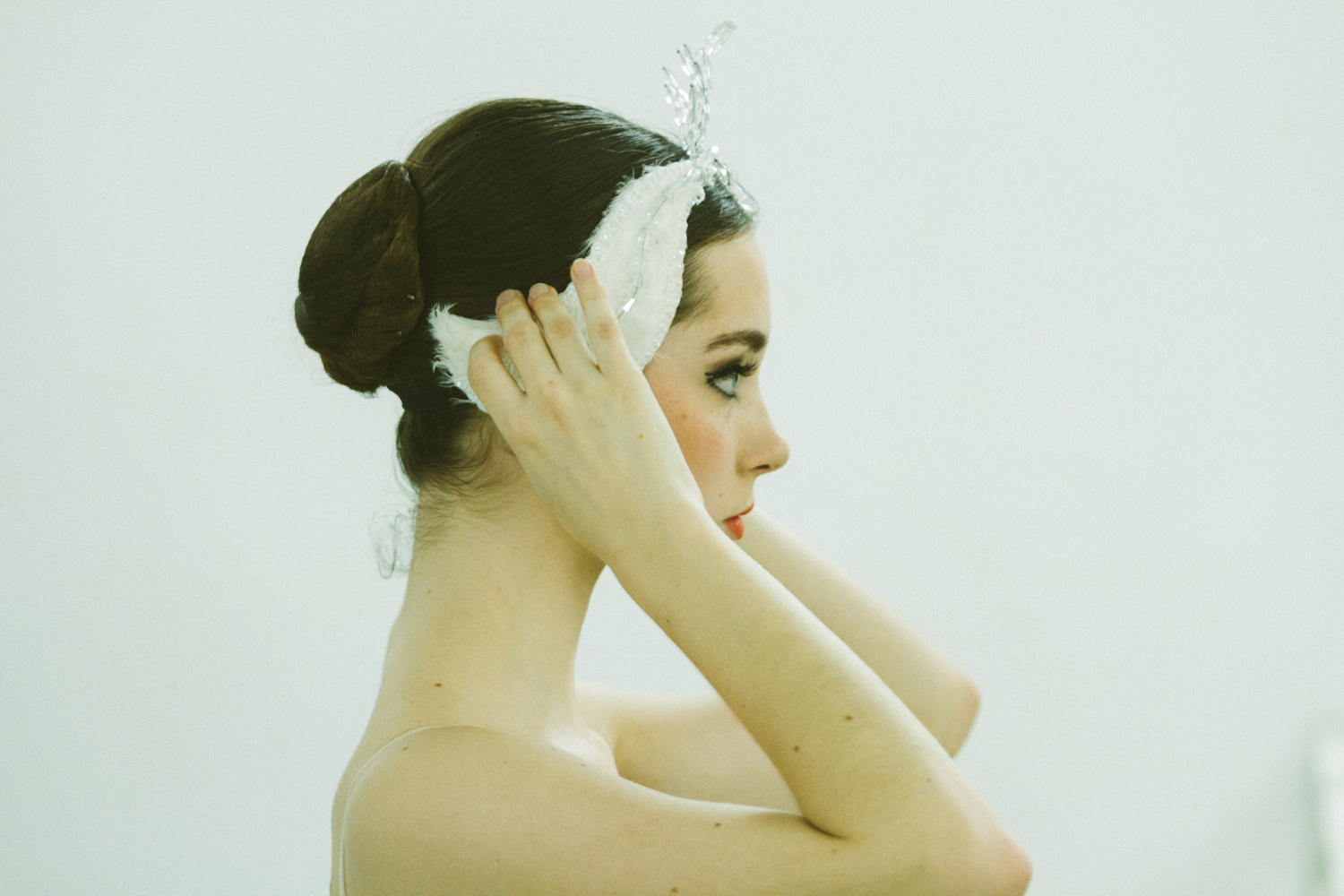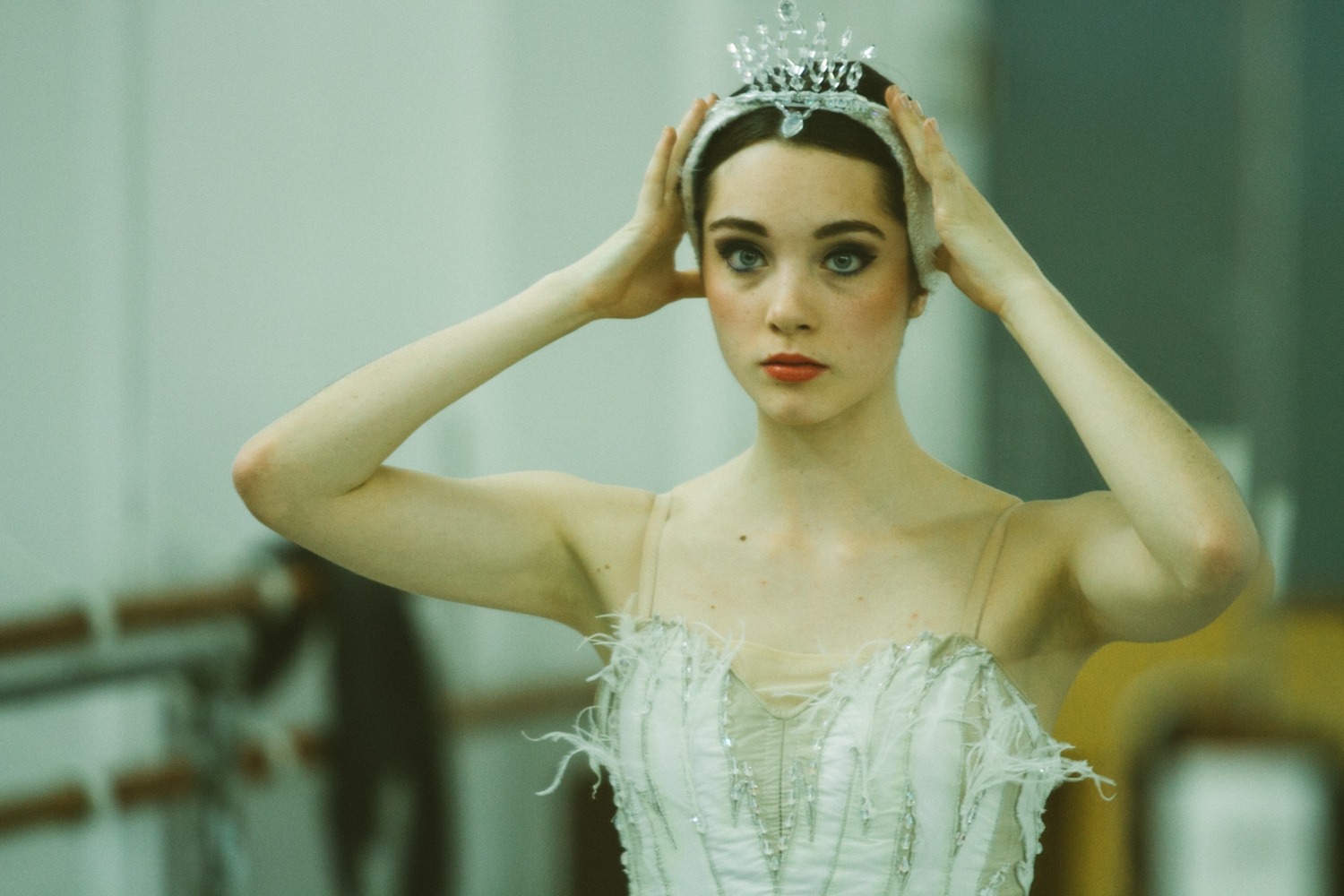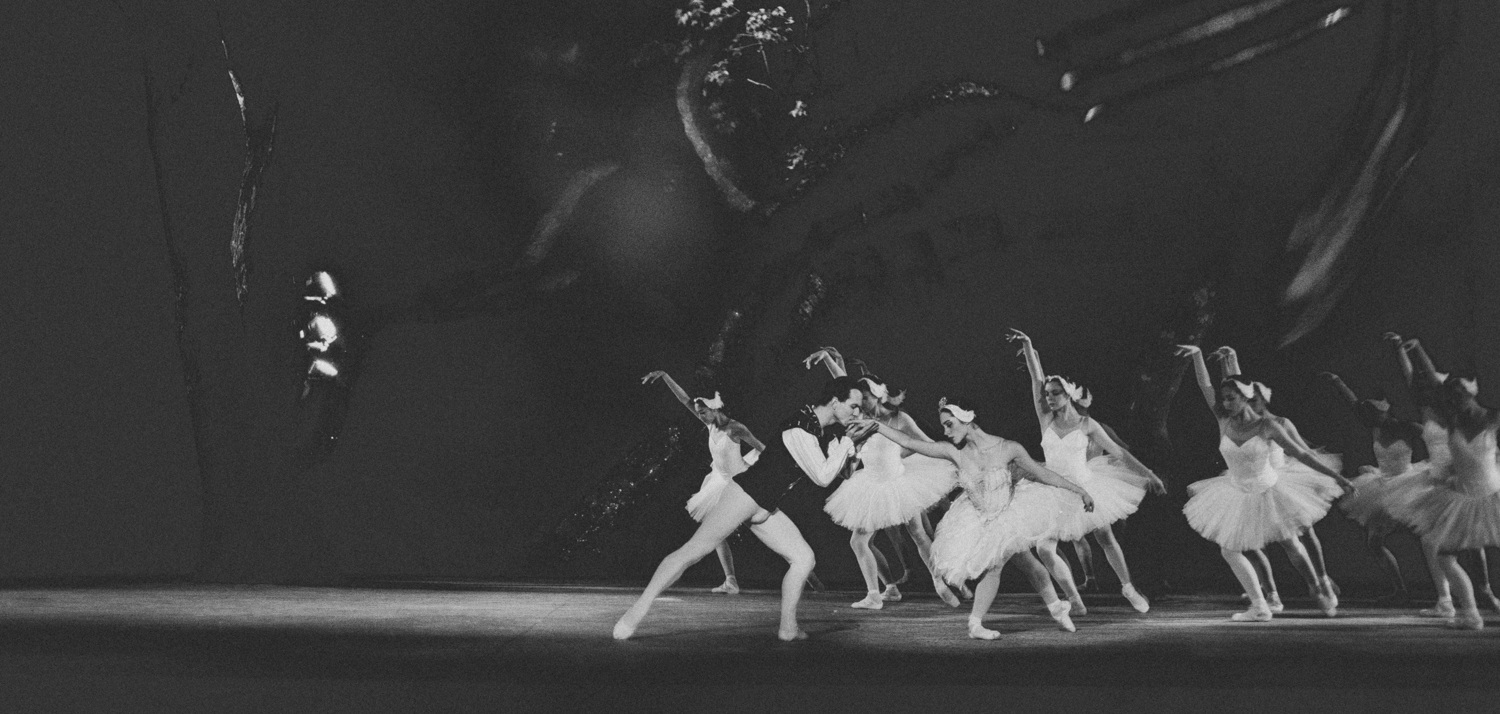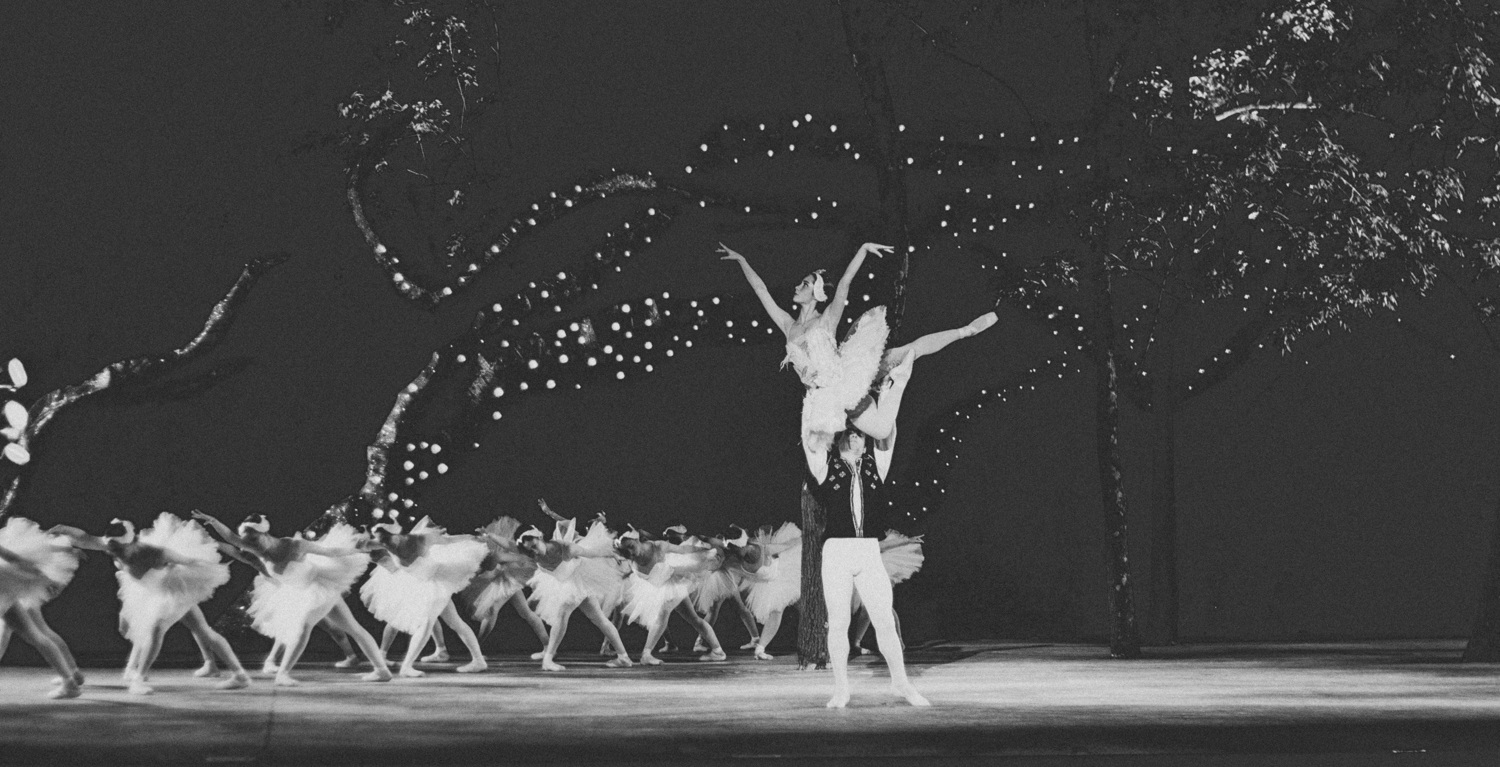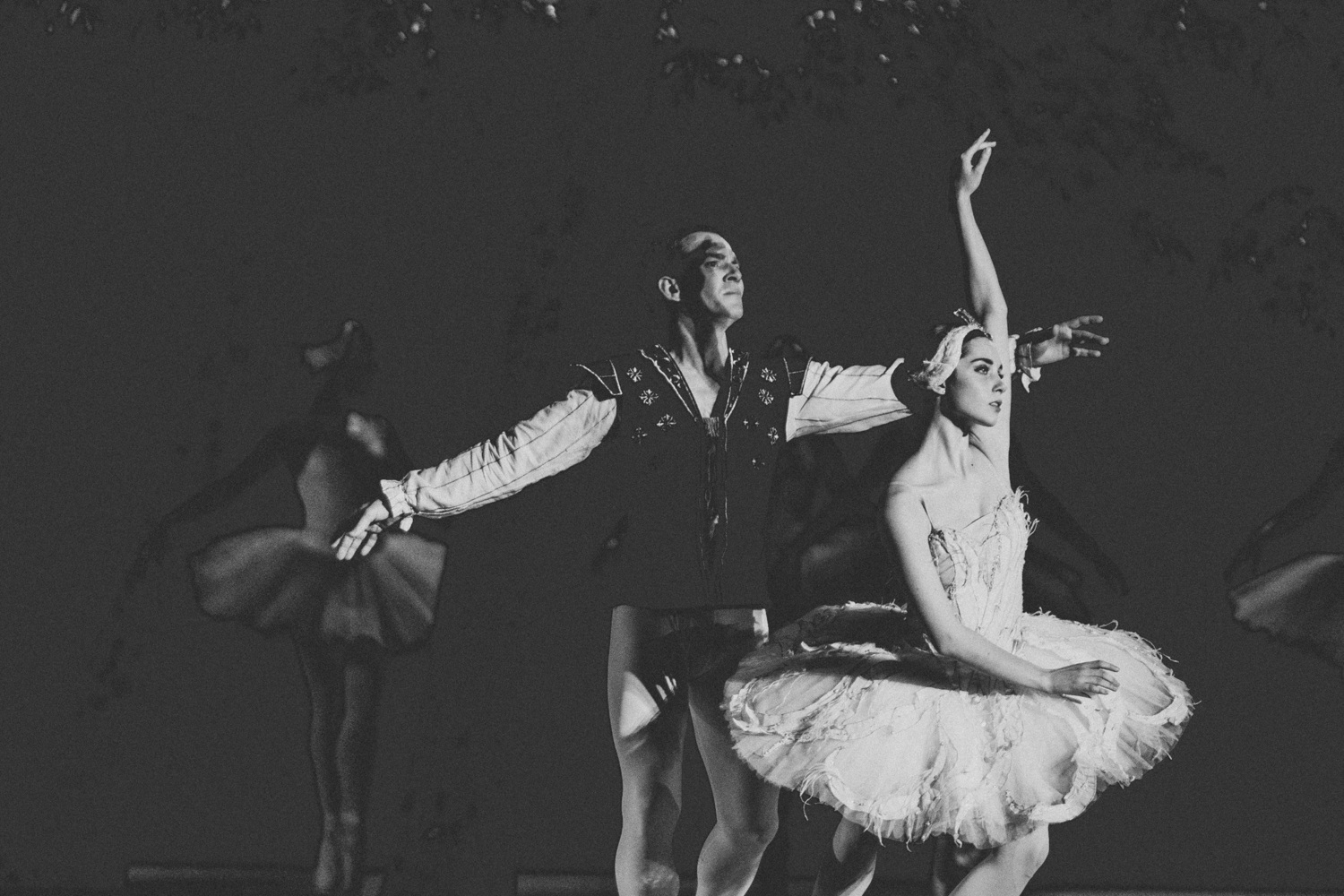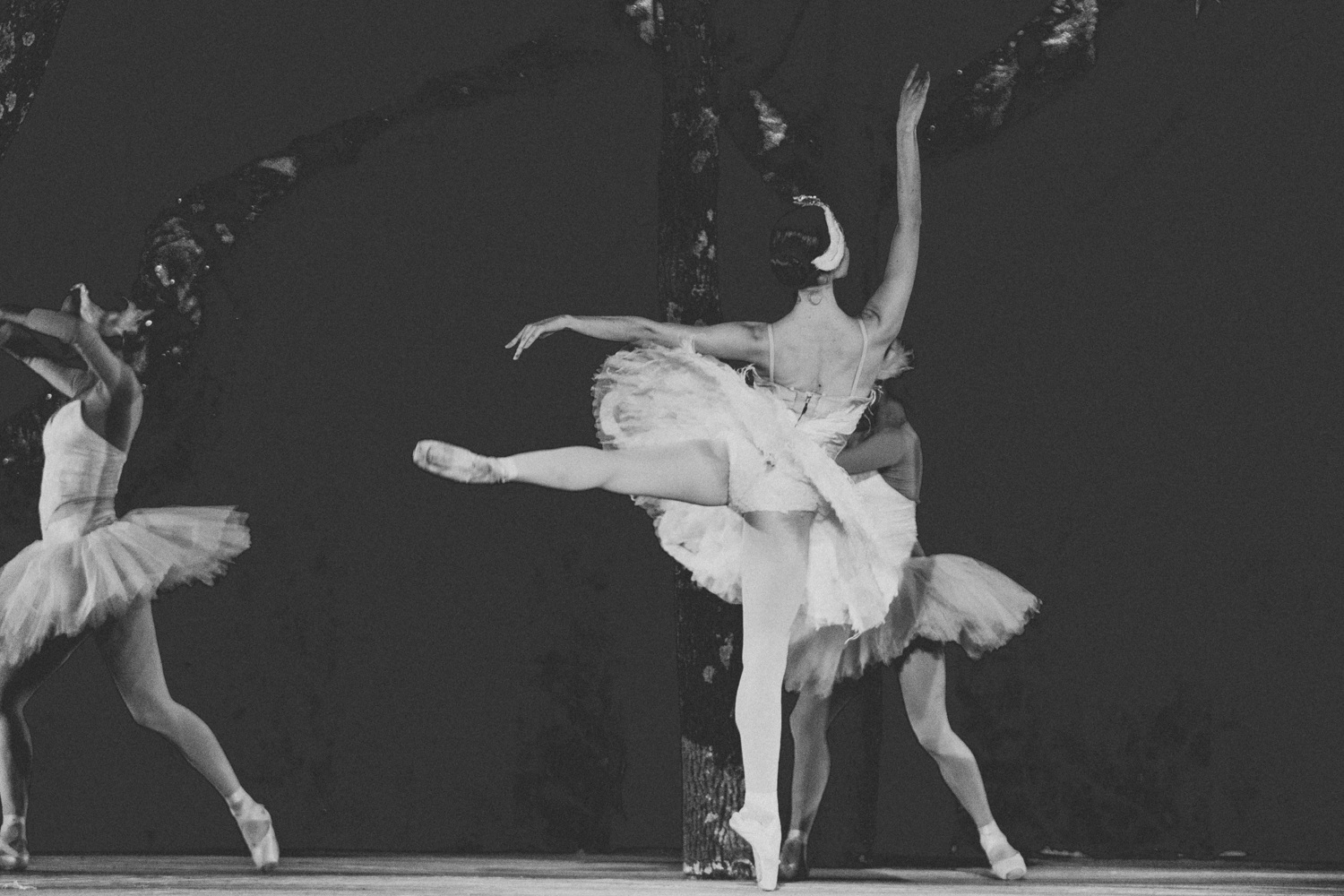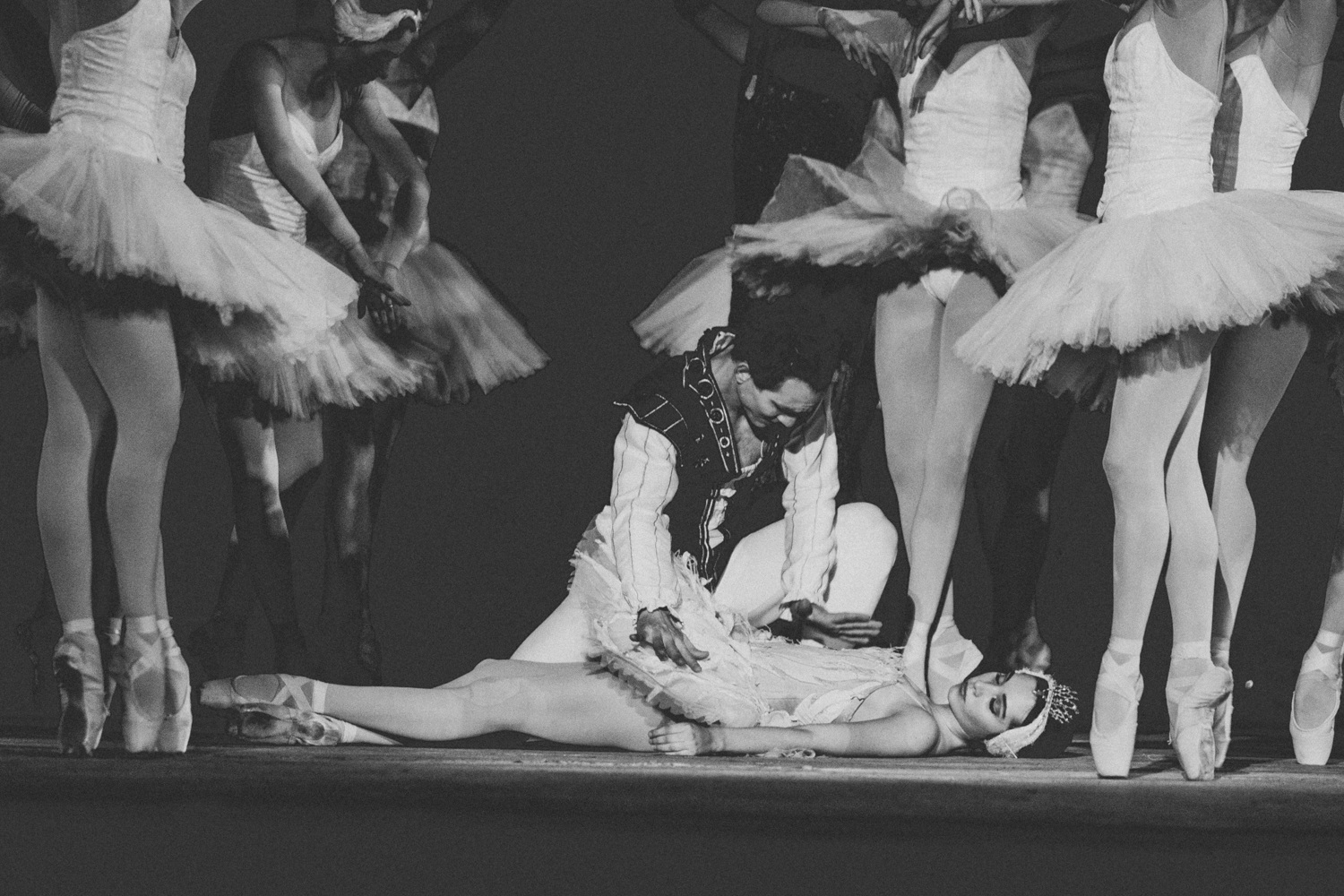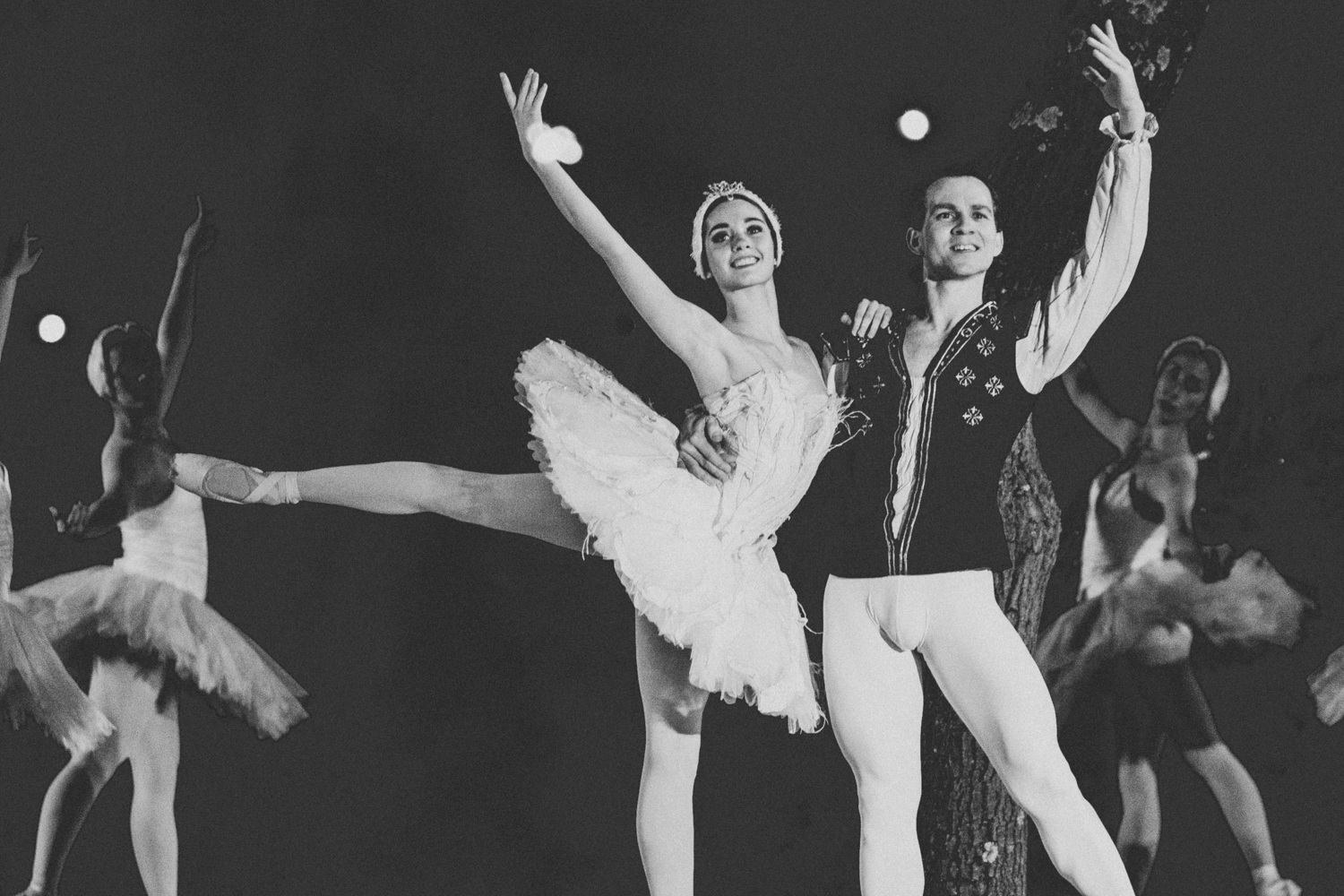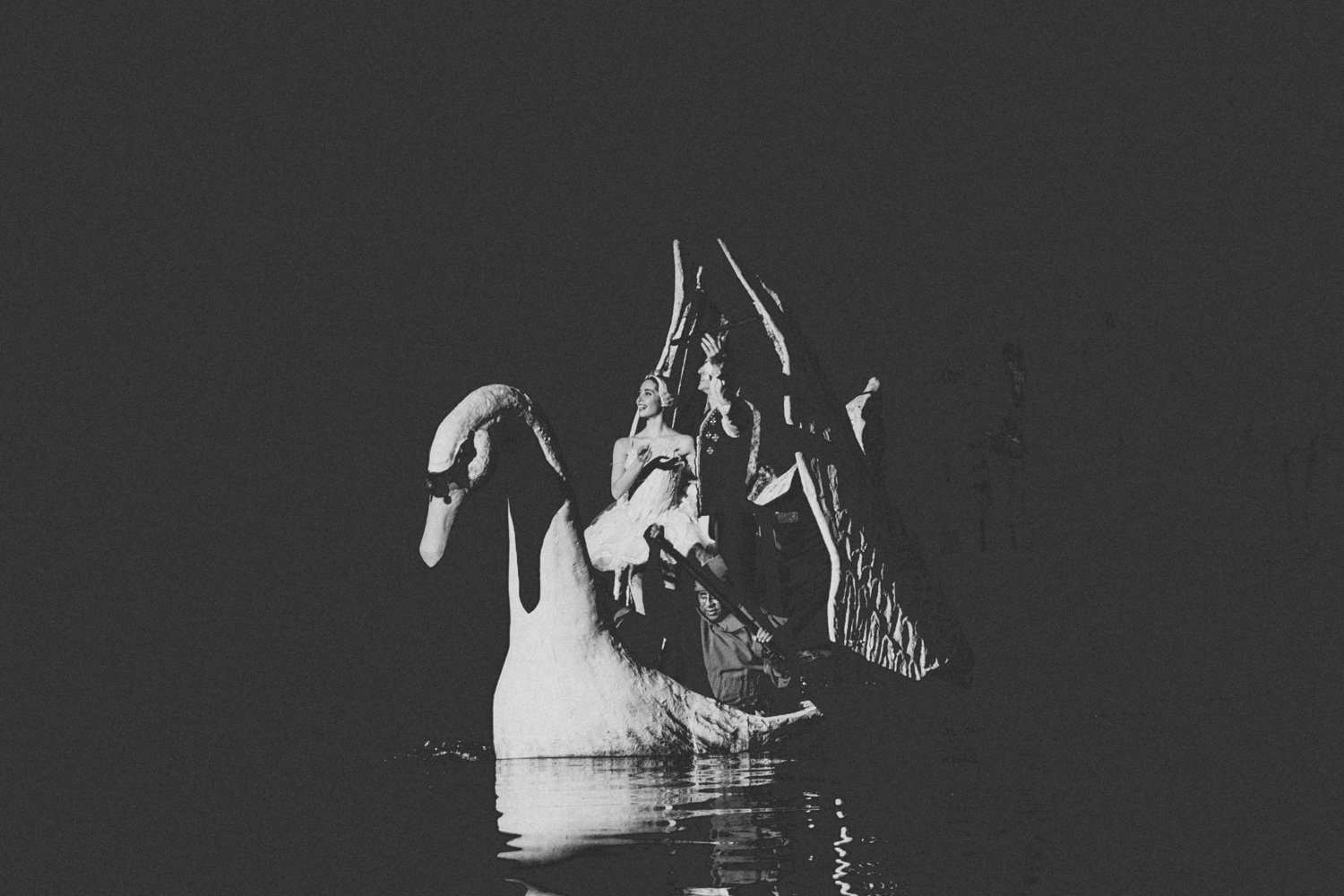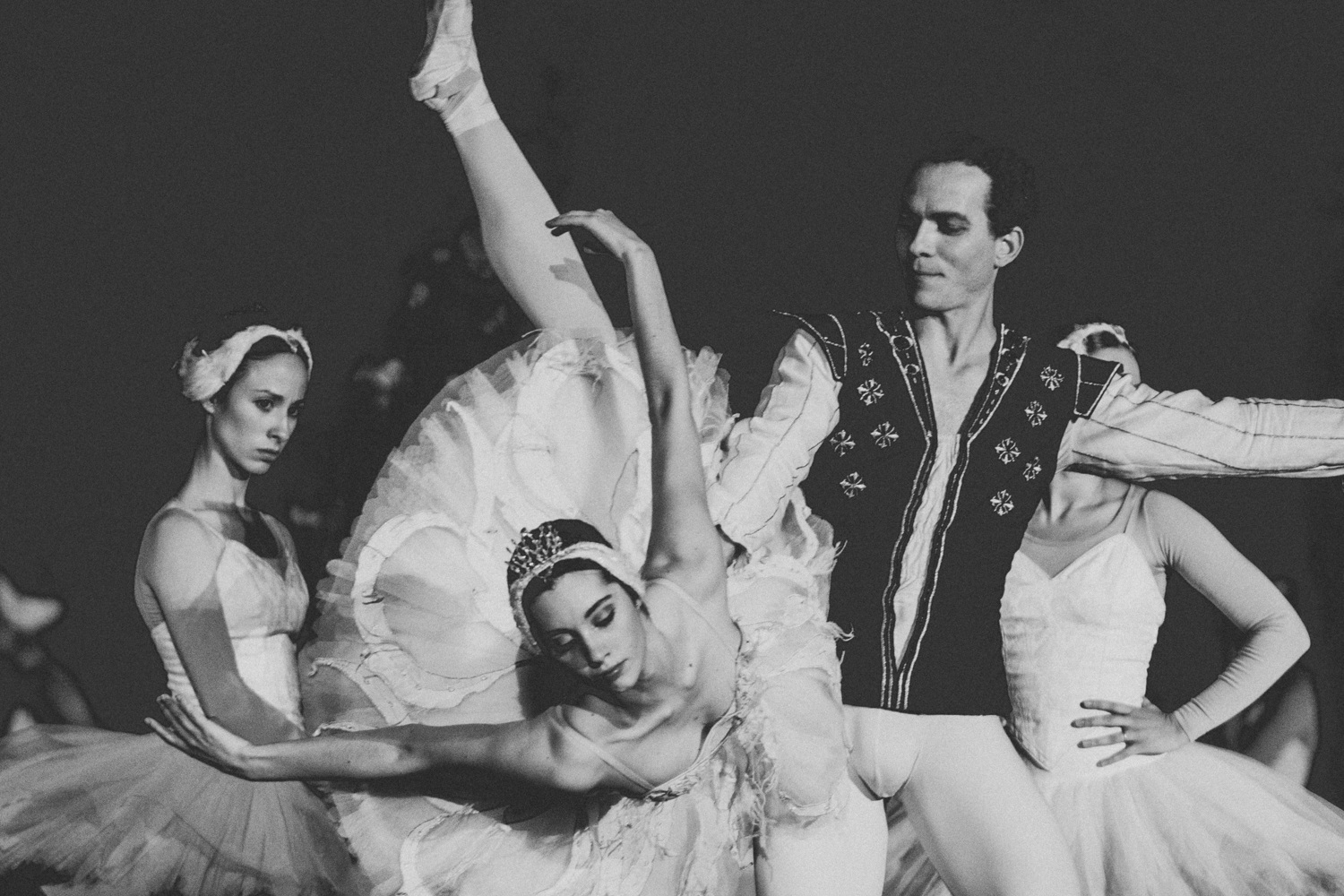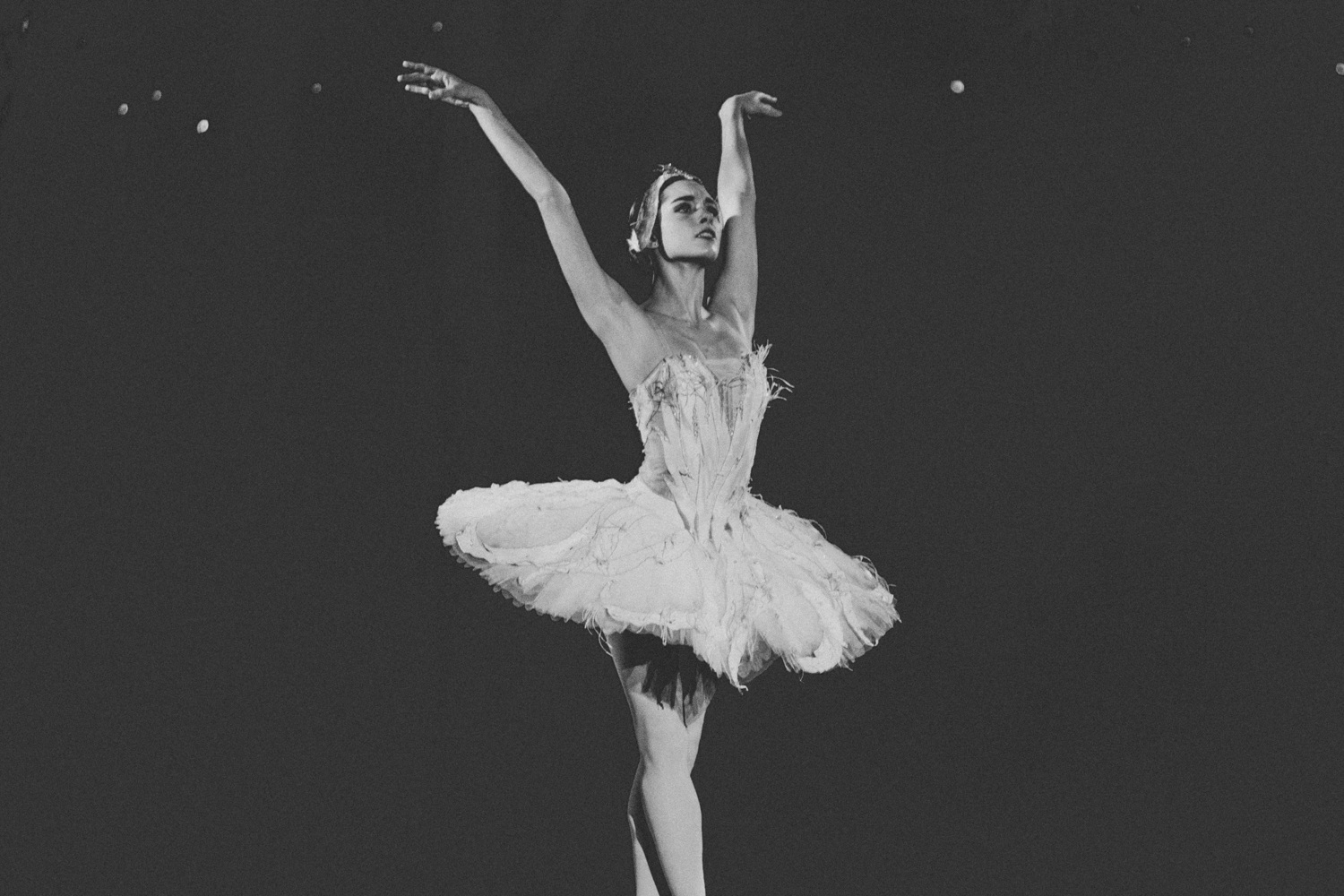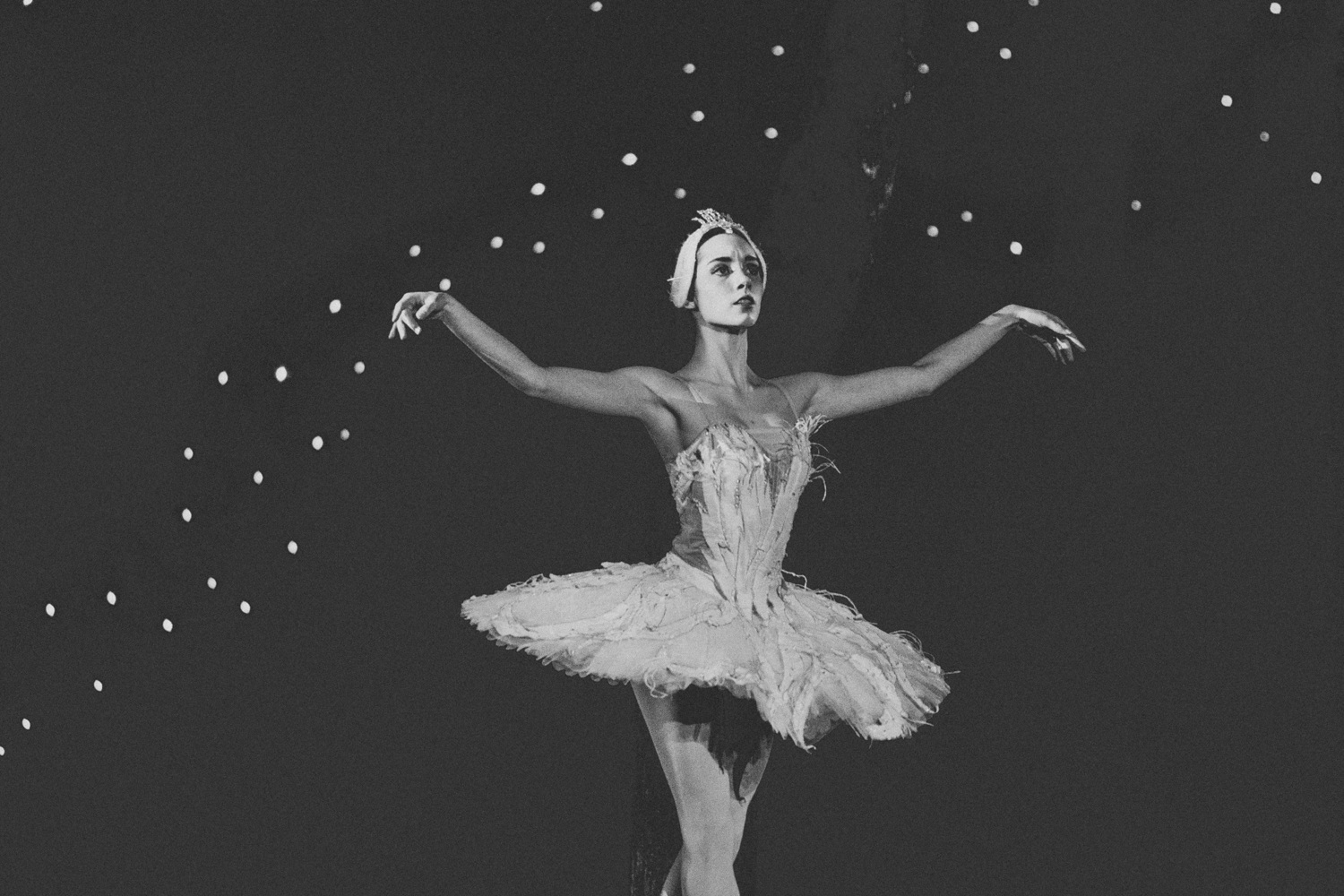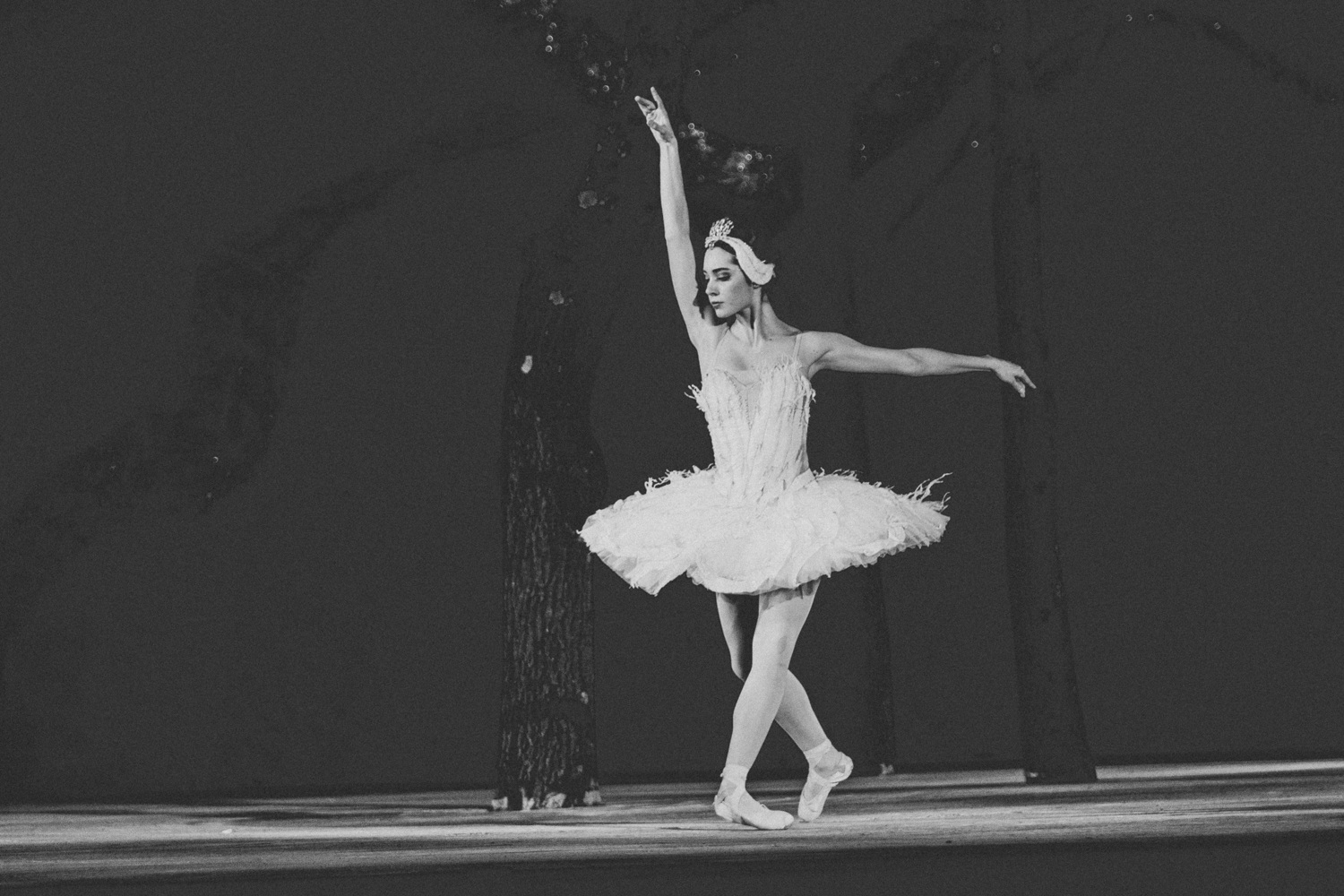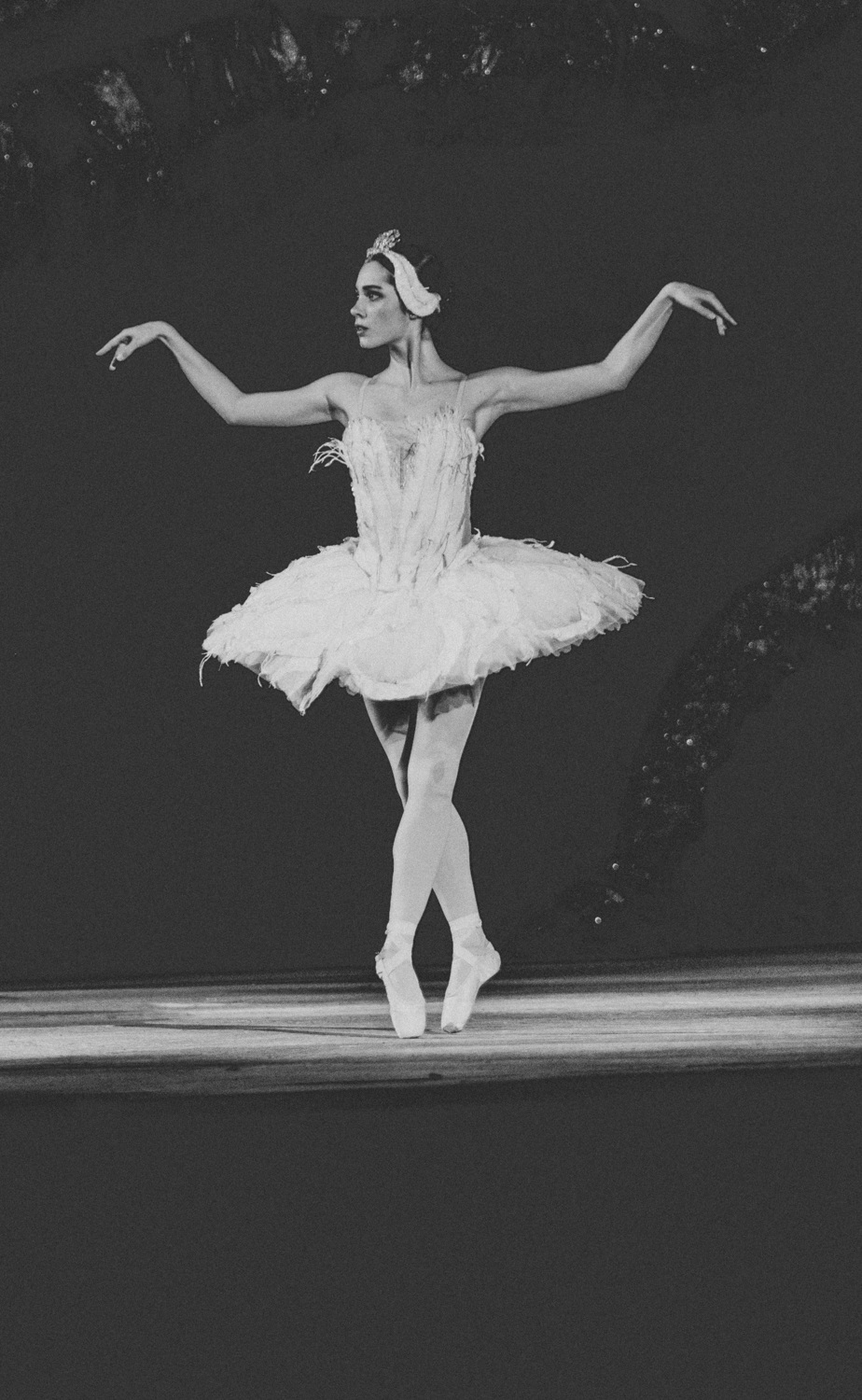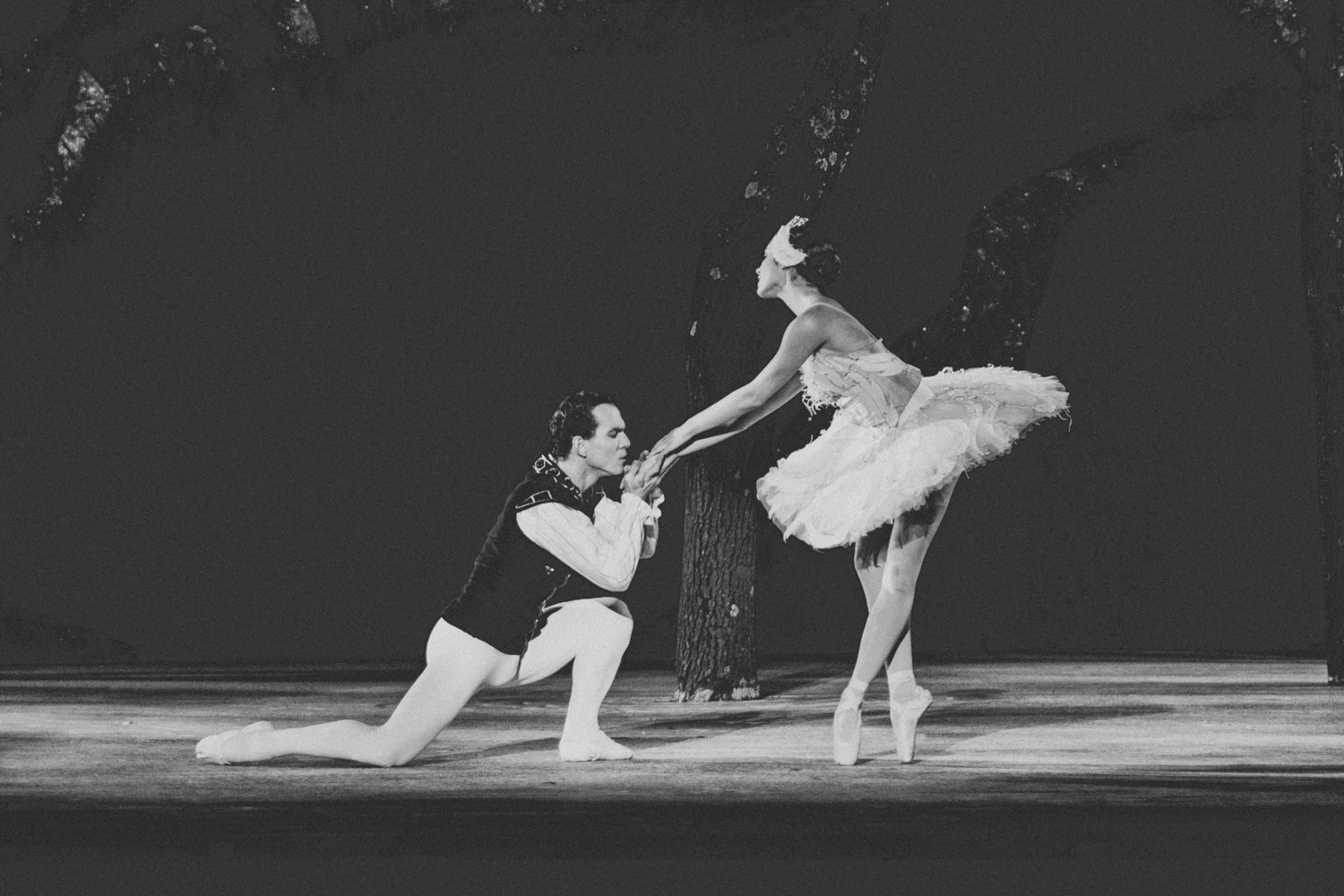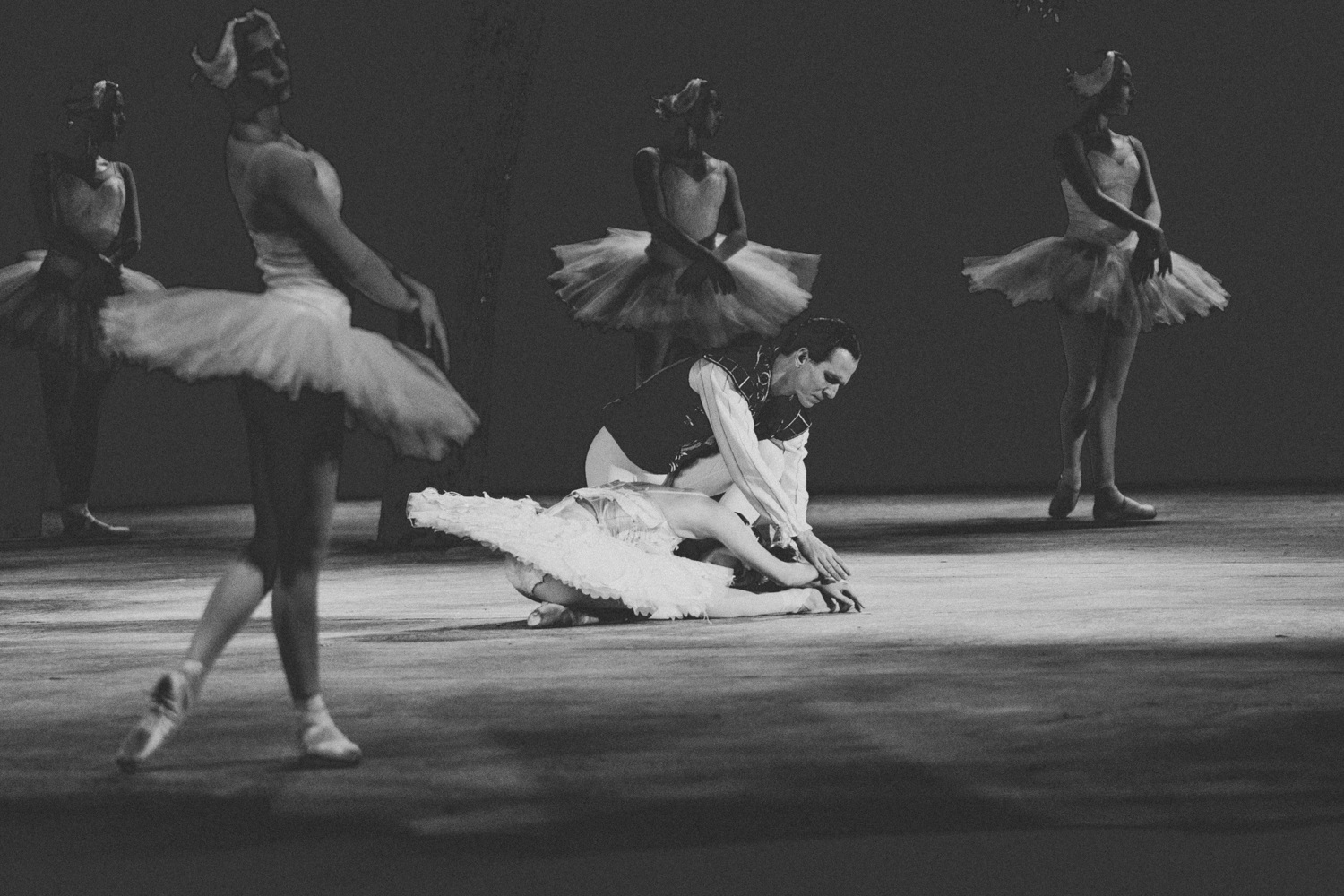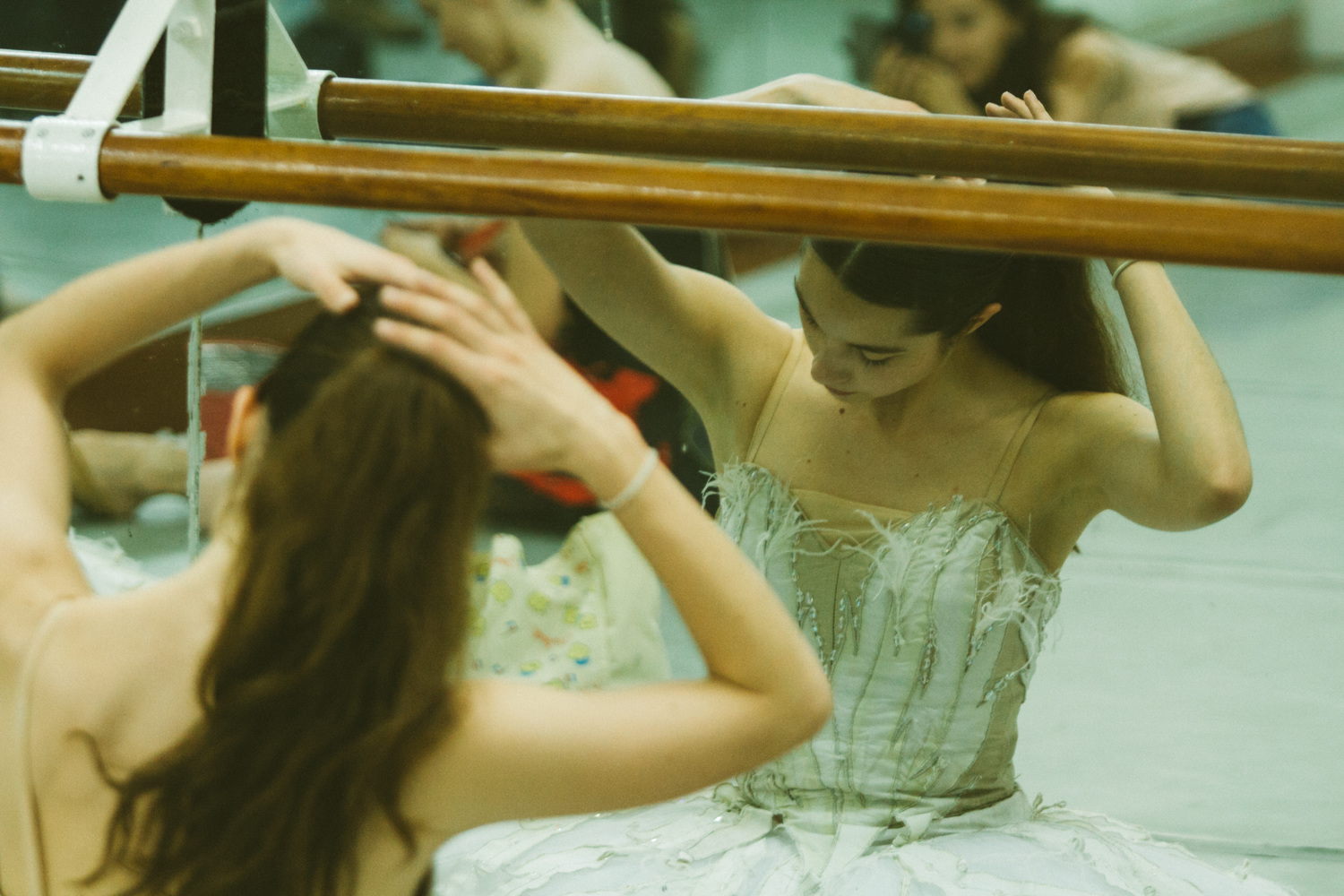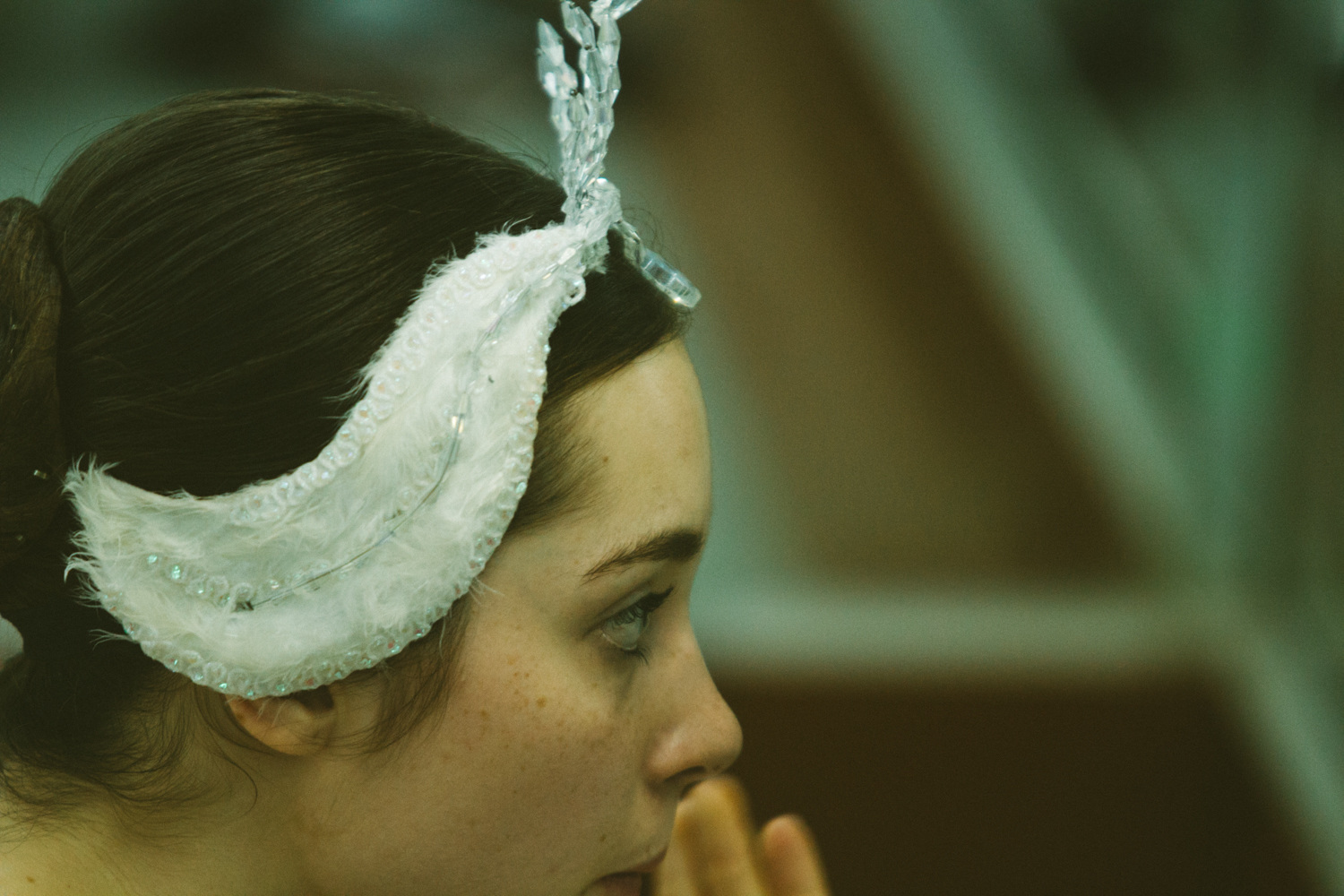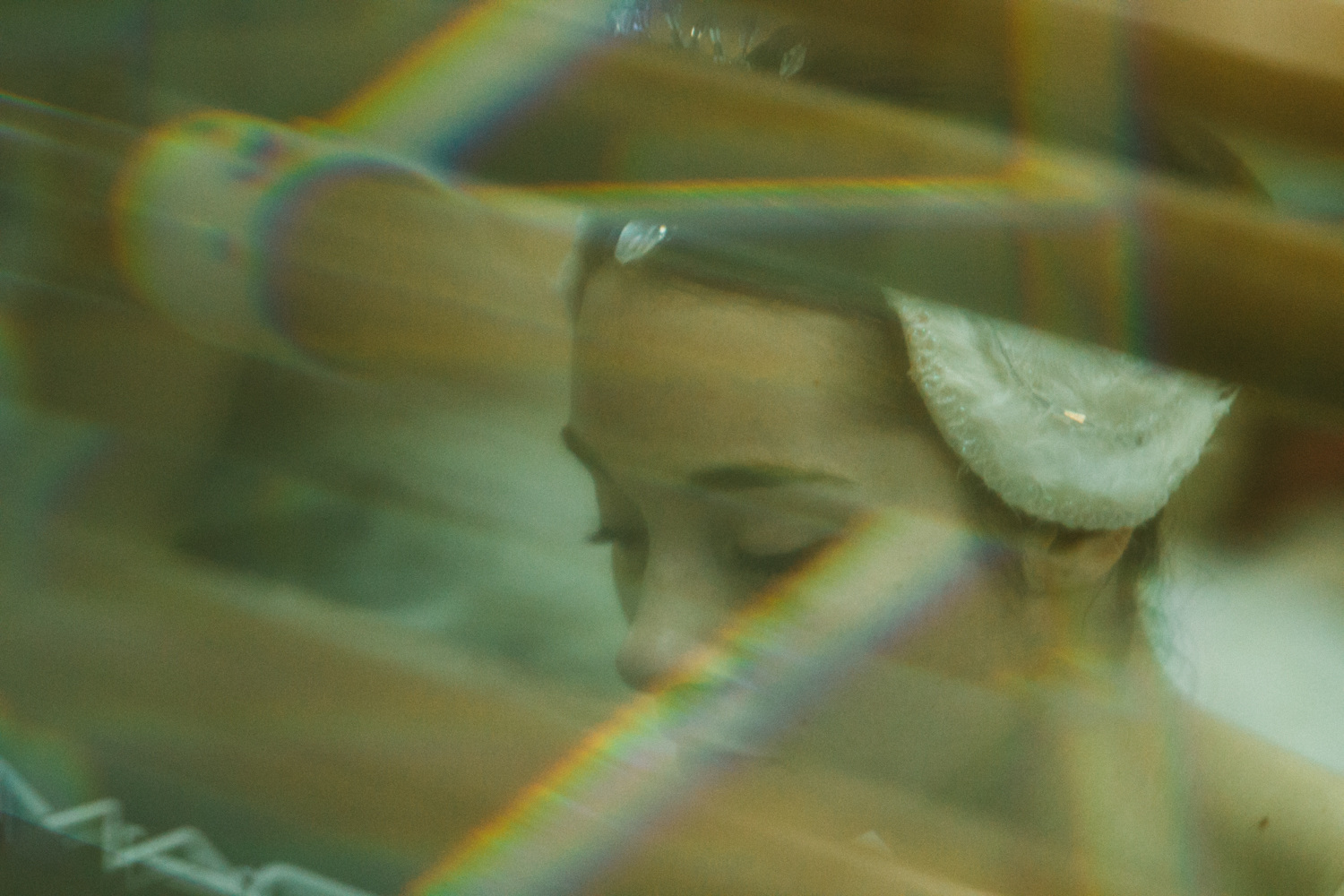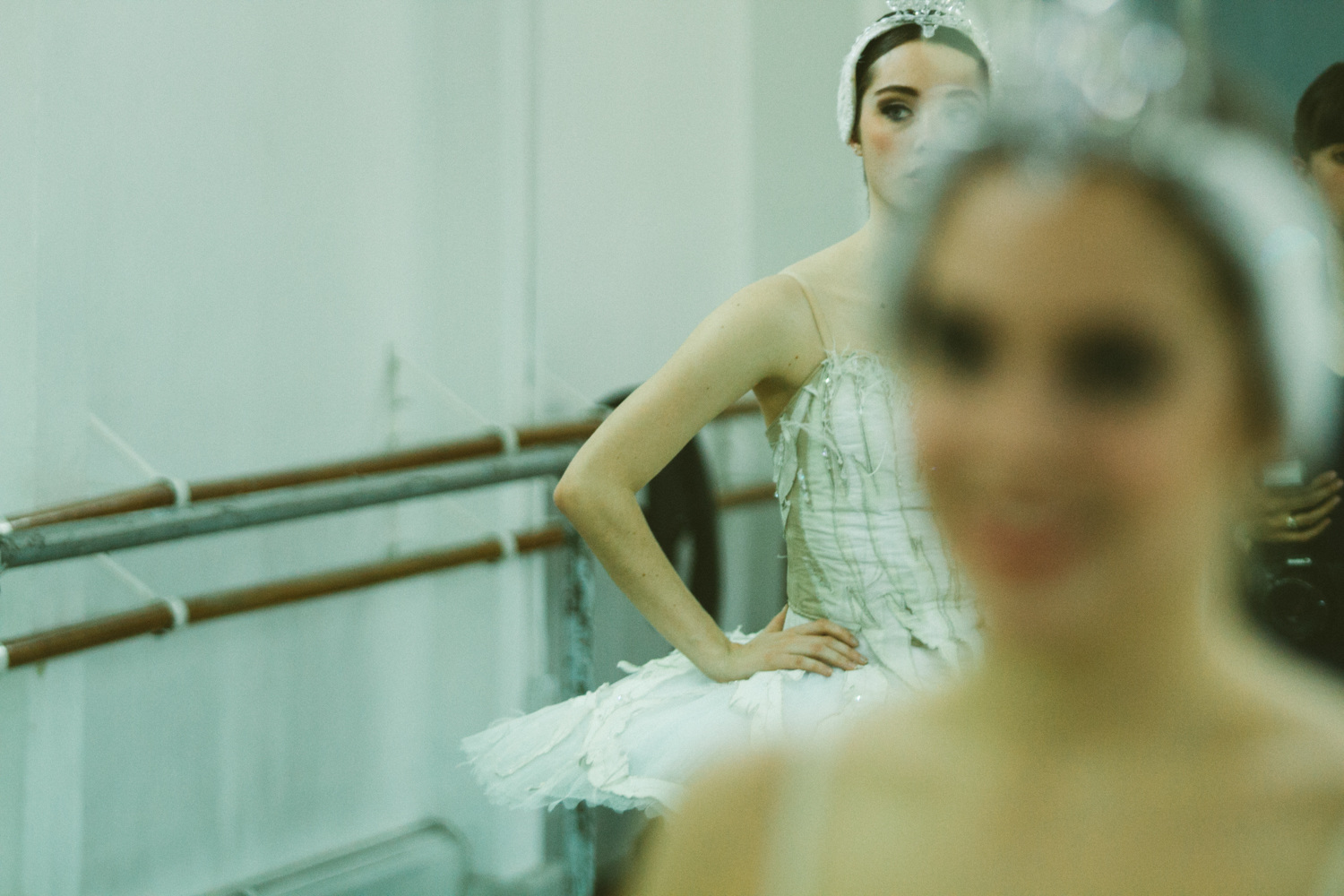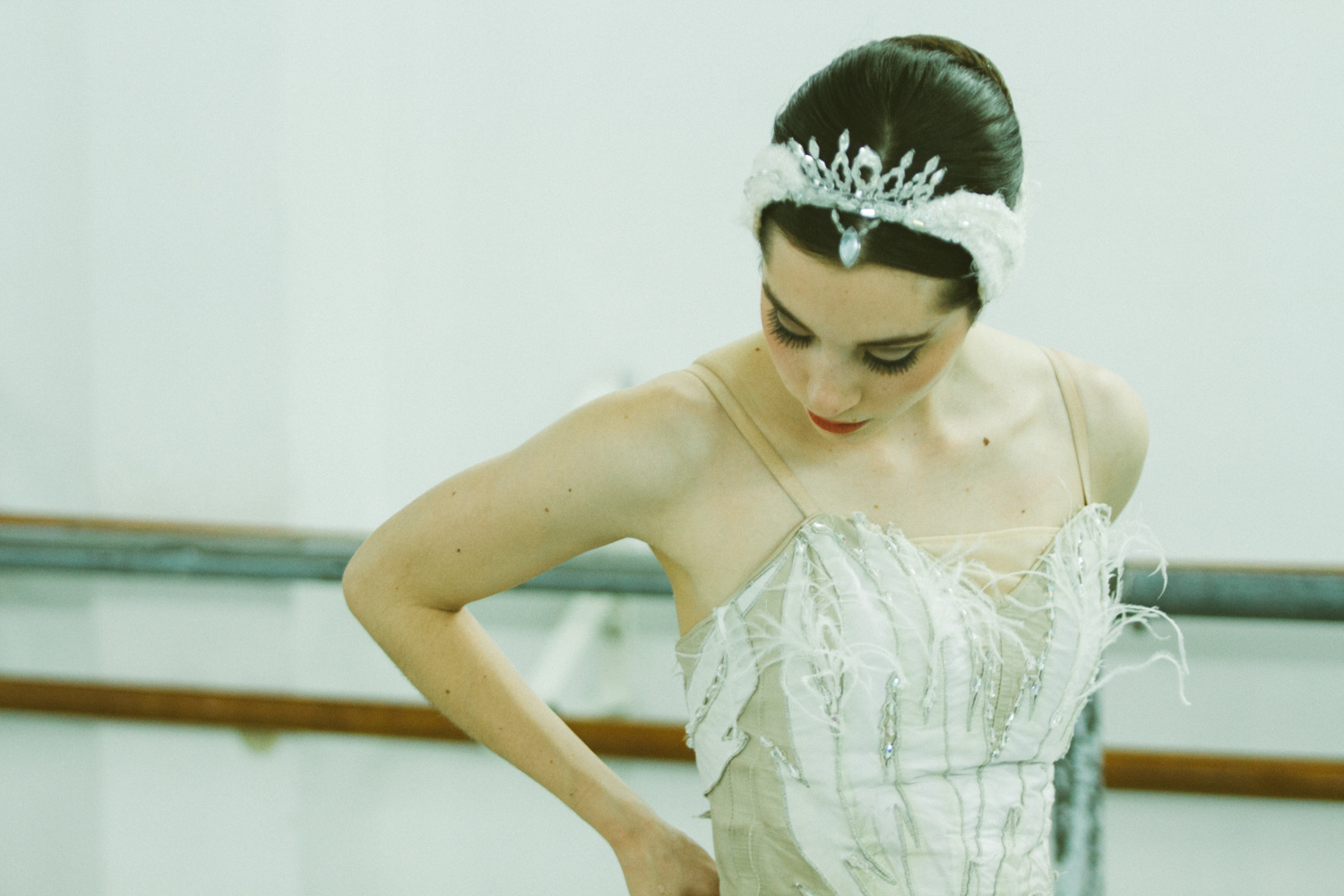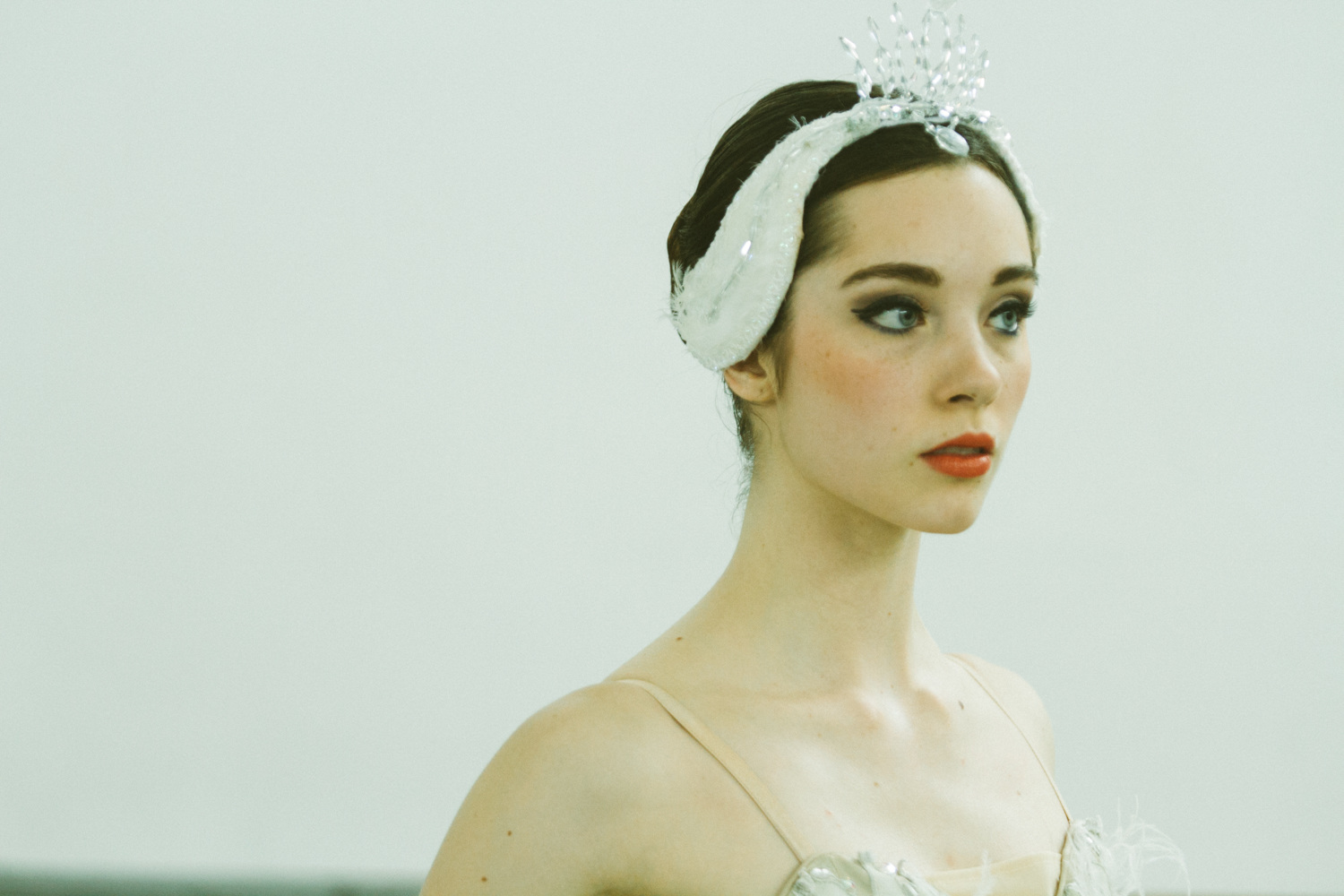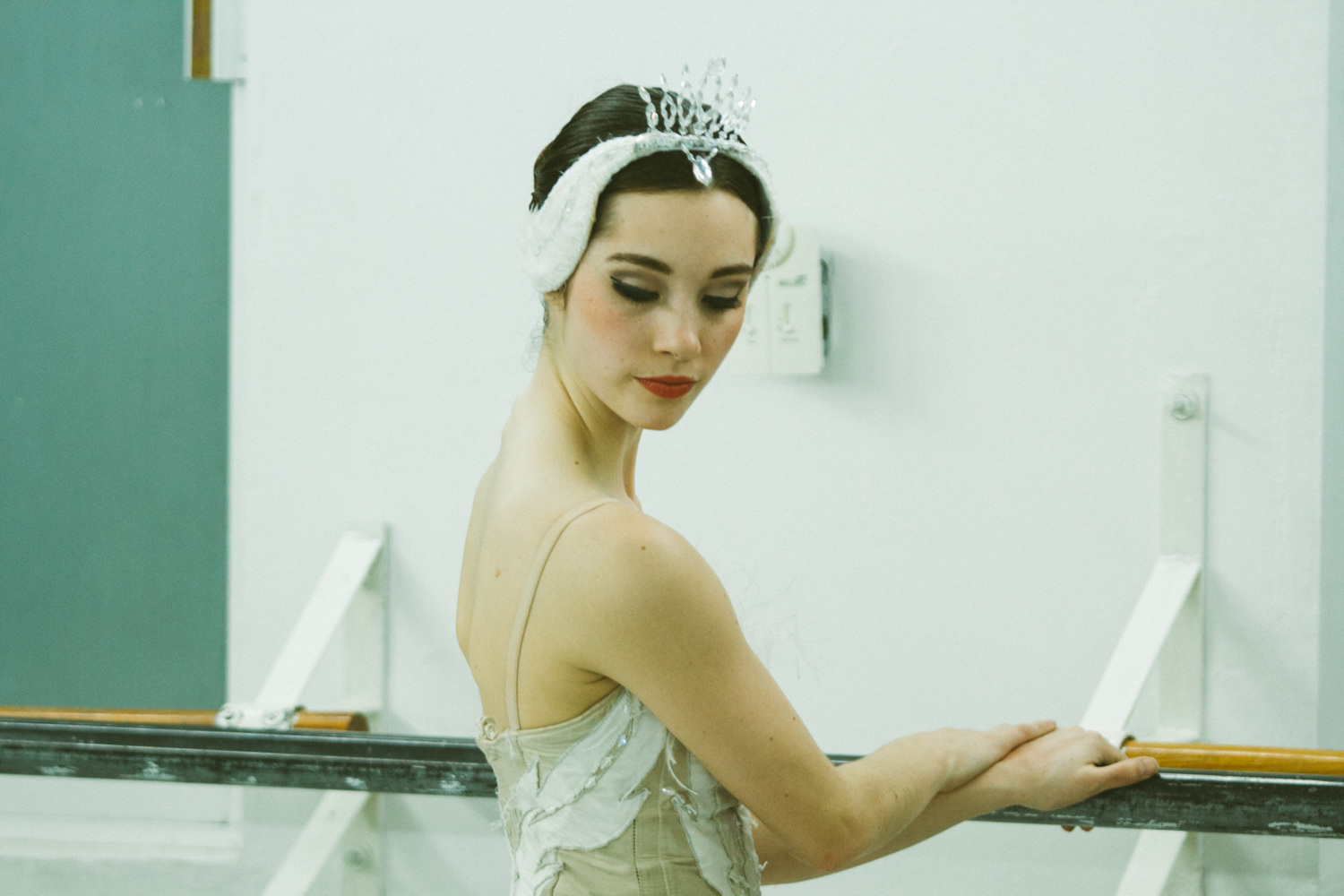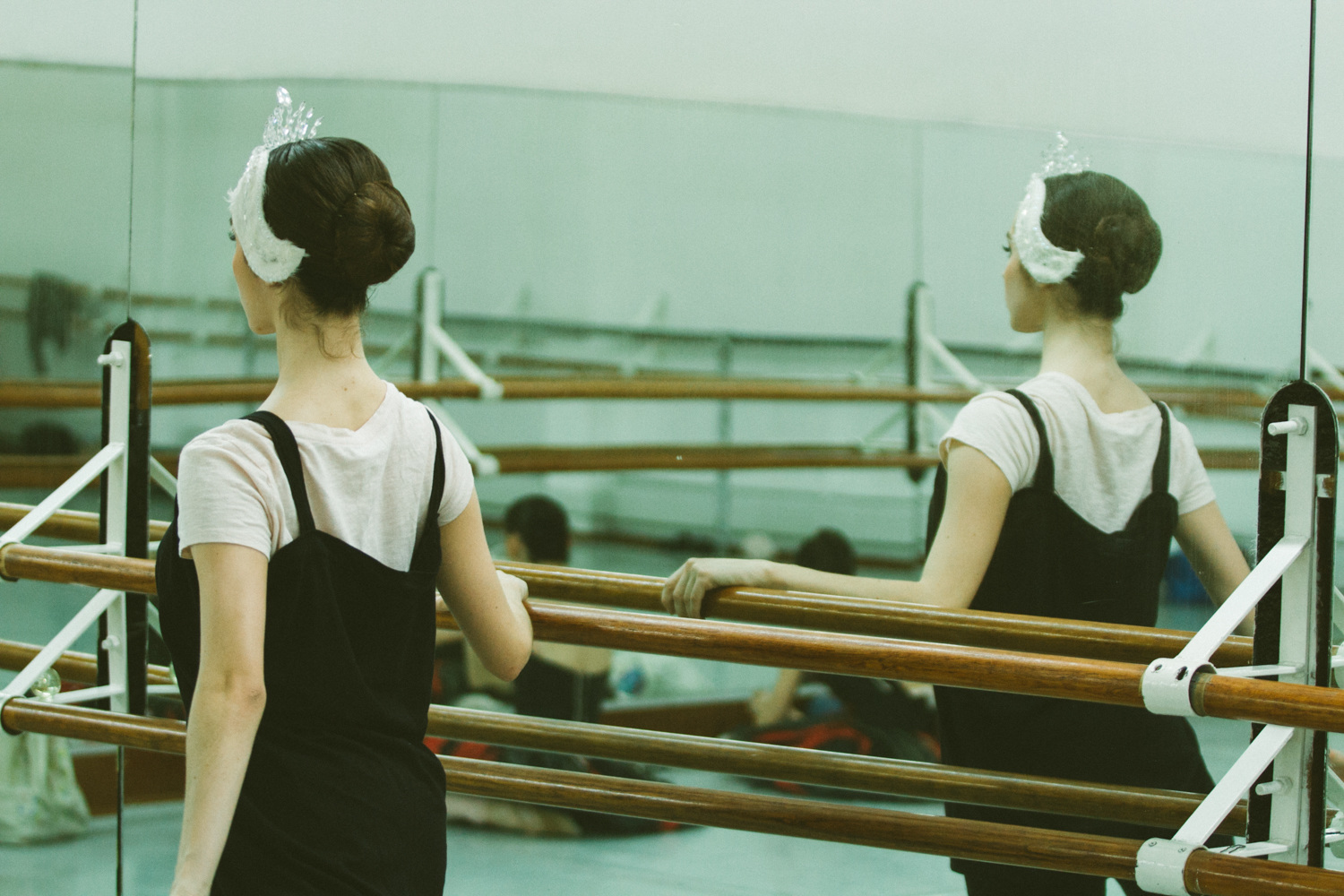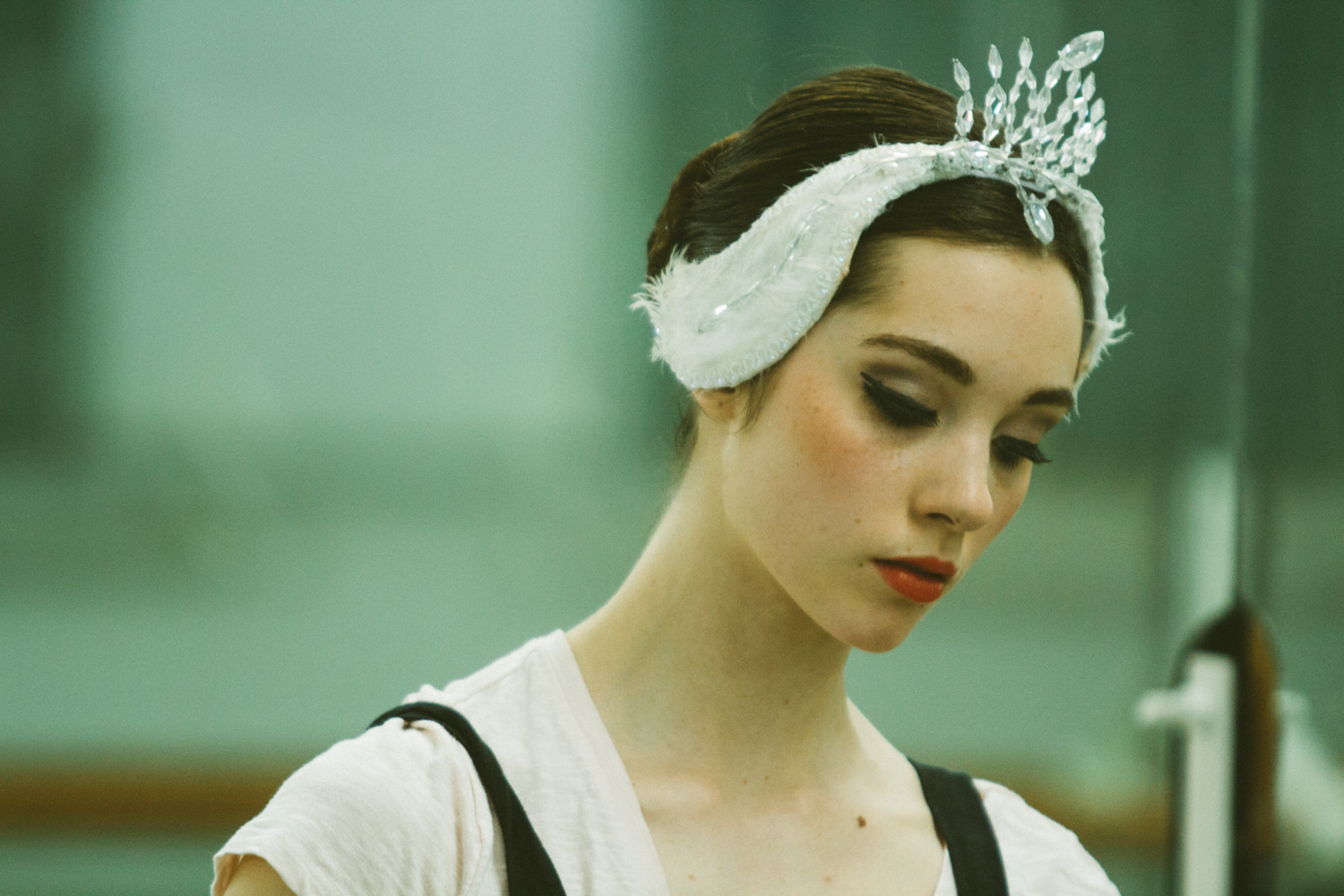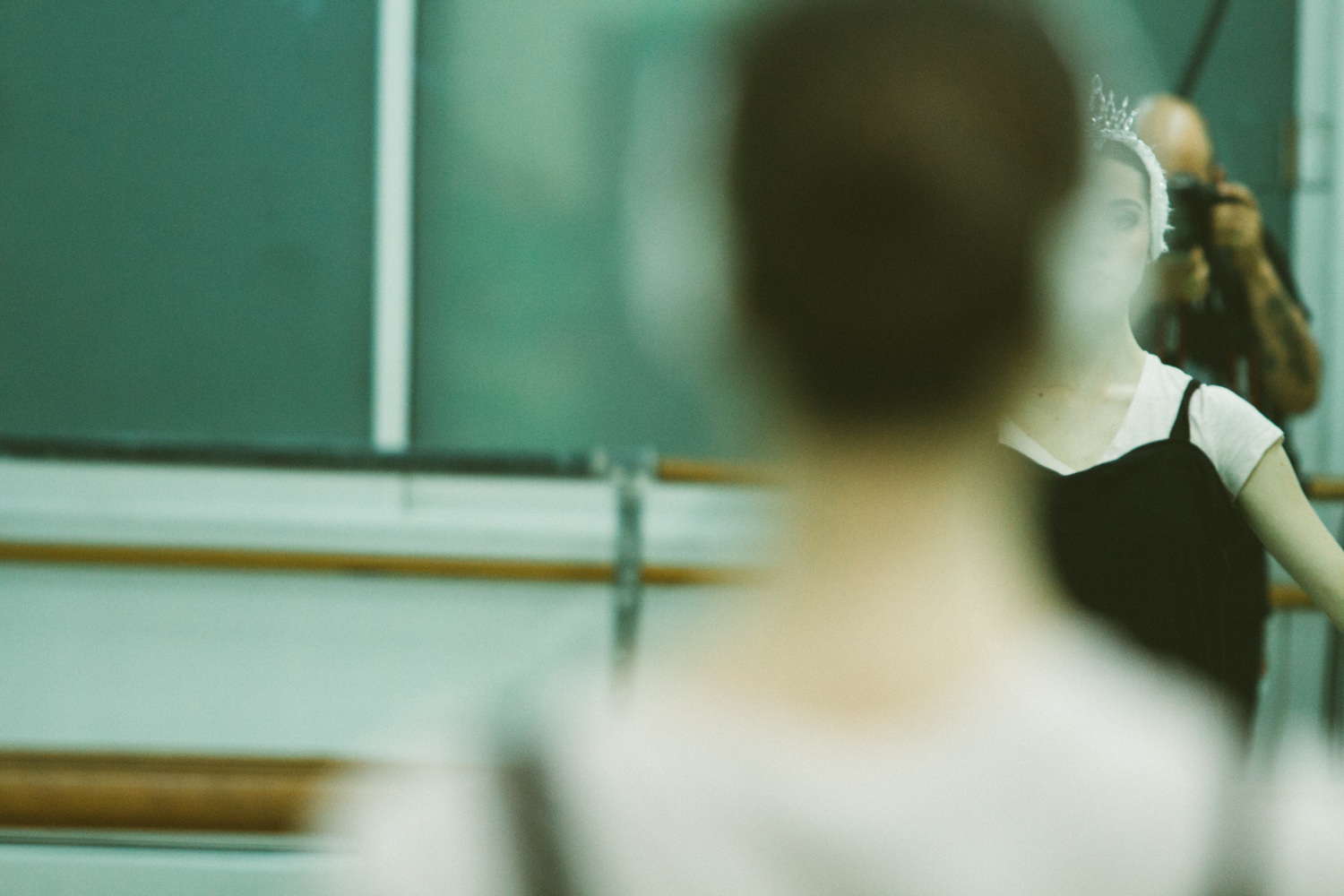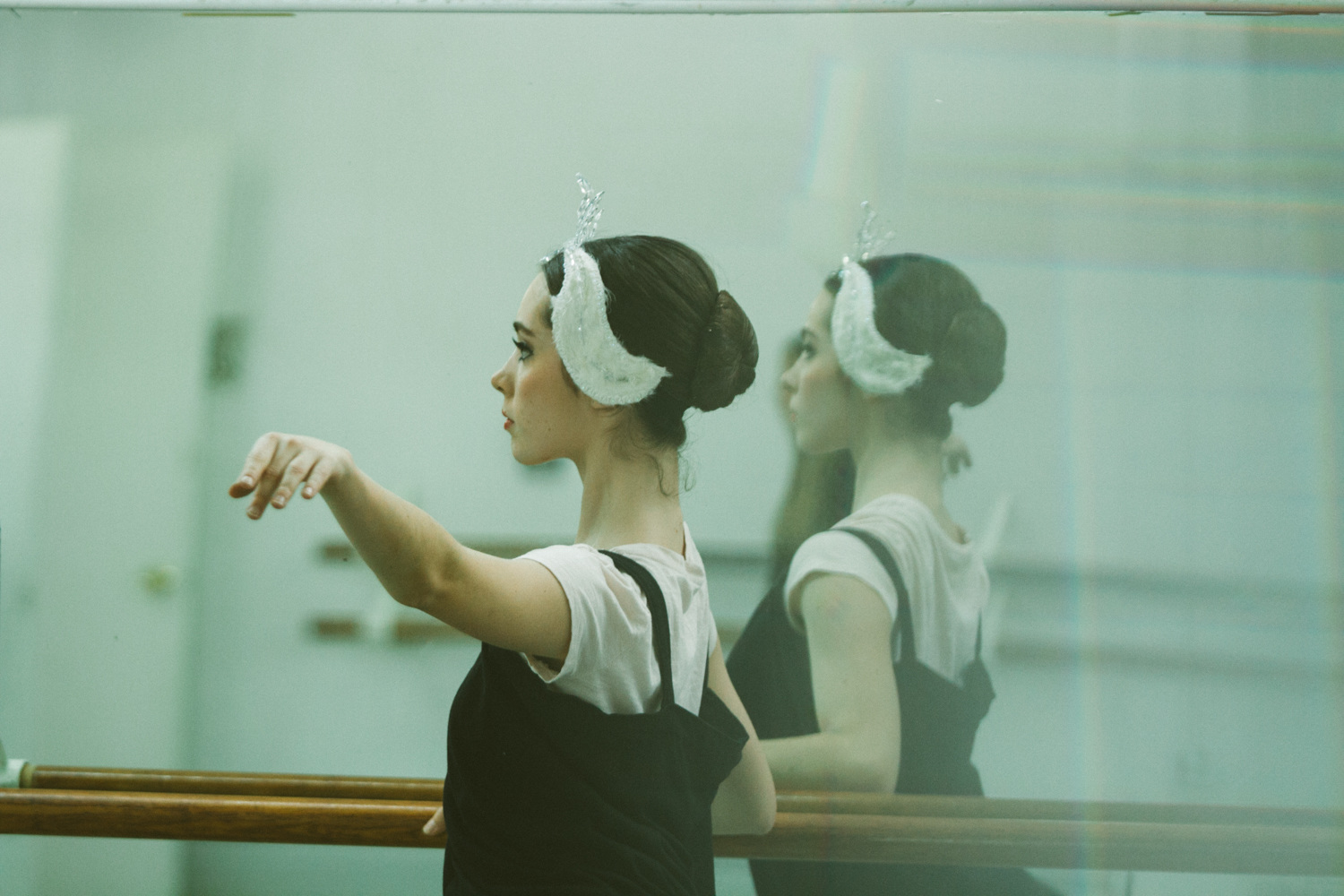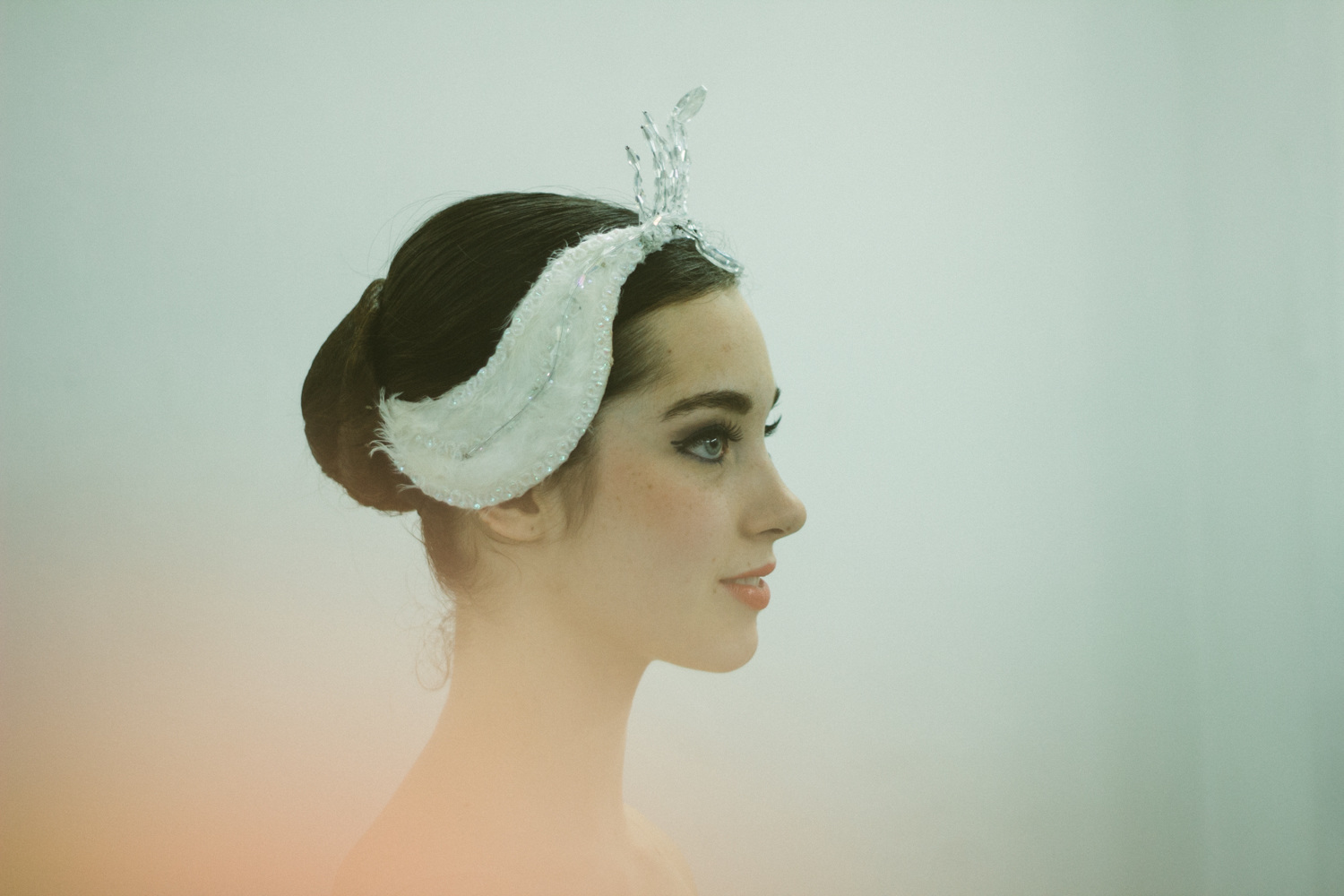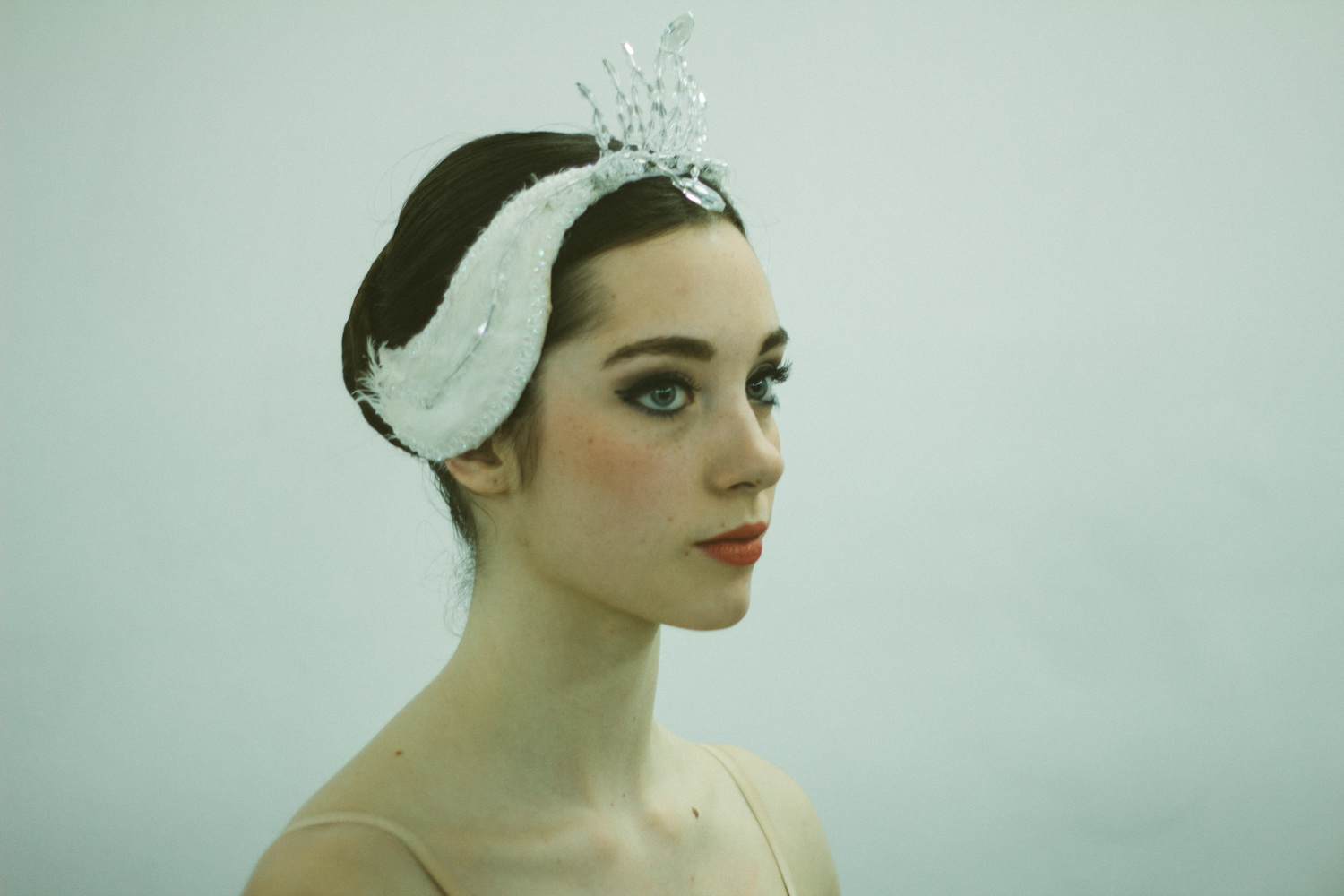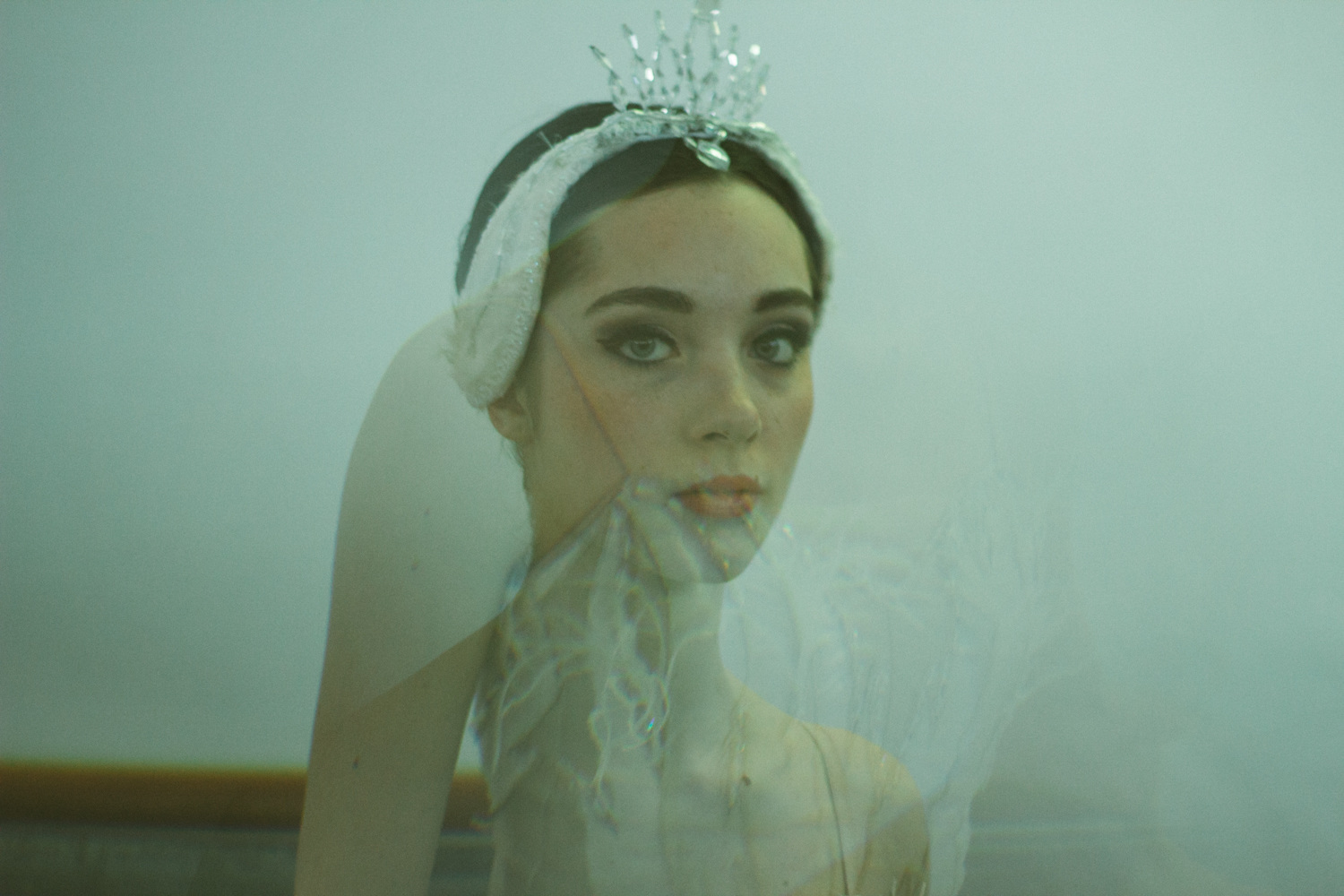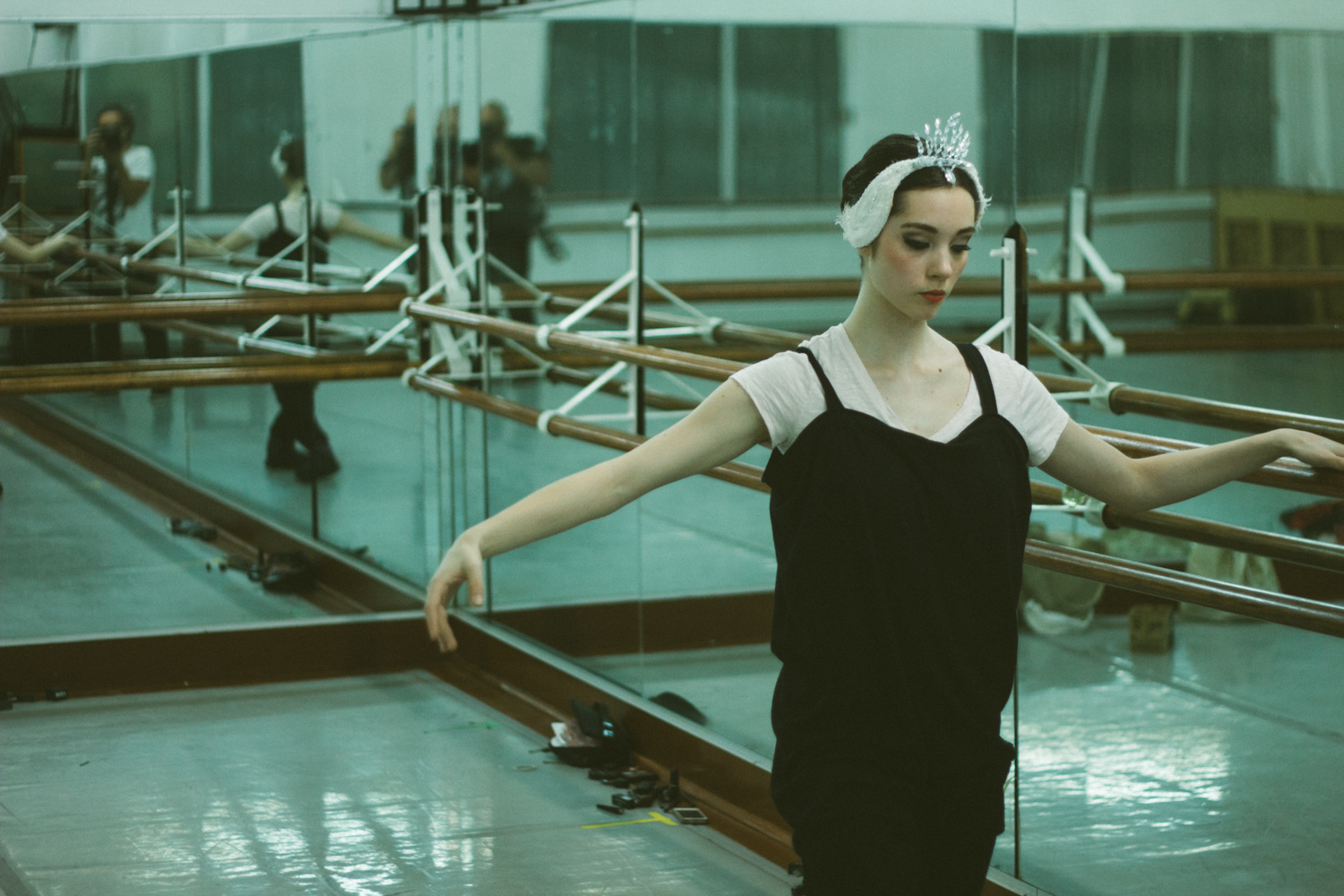Last year I went to Oaxaca for the first time. I got to know the capital pretty well and I must say it was one of my best trips so far. After a year of an insatiable desire for Oaxacan cuisine, I decided to spend my summer vacation in Huatulco.
I had never been to the Oaxacan coast before and was very surprised when I got there. The main attraction in Santa María Huatulco is its nine bays and thirty six beaches. This beaches are completely different than those I had seen before. Most of the beaches I had visited where very plain. Usually, sand that extends alongside the water to what appears to be infinite. Instead, the narrow bays in Huatulco create a more intimate relationship with nature. The beautiful Pacific Ocean along with the jungle make every corner a splendid panoramic view.
There are many ecotourism activities that can be done while in Huatulco. A great idea is to road trip to nearby beaches like Mazunte, Puerto Escondido and Lagunas de Chacahua (maybe I will do this next time I am around this area).
I spent most of my time in Huatulco relaxing and doing nothing at the beach. I also went shopping to the town´s artisans market plus I got to eat delicious Oaxacan food. The good thing is that I ate enough Tlayudas for the rest of the year.
The beach at Montecito Beach Village.
Amazing Montecito seen from above.
I am very grateful with Montecito Beach Village for inviting me to spend a day at their facilities and beautiful beach. MBV is a housing complex, perfect for a couple of days of relaxation, tranquility and contact with nature. My visit there was perfect. Amazing food, an almost private beach for myself and a very kind and warm staff (thank you Stephan and the rest of the staff!). Not many housing developments of this kind manage to crate a harmonious atmosphere along with nature. The establishment celebrates and revolves around the idea of a healthy relationship between urbanism and Mother Nature. This is why many of the materials used for the construction of Montecito Beach Village are the same that can be found nearby in the coastal region. Anyway, I had the best day watching the waves crash at the shore and letting my mind wander around.
It is very exciting to go out of the country on vacation. But it is also important to get to know the wonders that our beautiful Mexico encloses. We should take advantage of our free time and explore the world, a great idea is to start discovering our own country.
-Greta



